A journey to the Galapagos Islands is something I’ll never forget, and if you’re anything like me, it’s a dream come true! The islands offer an incredible variety of activities and sights. Located about 620 miles off the coast of Ecuador in the Pacific Ocean, the archipelago consists of around 19 islands and countless smaller islets, each with its own unique charm.
What amazed me most was how the wildlife doesn’t seem to mind human presence. Since there aren’t many natural predators, you can get really close to the animals.
I remember standing just a few feet away from playful sea lions and watching giant sea tortoises slowly move across the landscape. These intimate moments made me feel deeply connected to the natural world in a way I’ve never felt before.
The Galapagos Islands are also a dual-designated World Heritage site, with both land and marine areas being carefully protected. It’s truly a paradise for anyone who loves wildlife and conservation. Being there, I felt like I was stepping into one of the most pristine ecosystems on Earth, something that stays with you long after you’ve left.
So, based on my own incredible trip, I’ve put together a list of 25 awesome things to do in the Galapagos Islands. You can also check out my video or scroll down for more details!
Planning a trip to the Galapagos Islands was one of the best decisions I’ve ever made, and I’m here to help you make it unforgettable too! Get a FREE personalized itinerary from my trusted local experts who know the islands inside and out. Your booking helps support this blog and the local Galapagos communities.
1. Visit and Check Out the Stunning Landscapes of Bartolome Island
Bartolome Island quickly became one of my favorite spots in the Galapagos, and it’s easy to see why it’s such a must-visit destination. The island’s dramatic volcanic landscape feels otherworldly, and standing at the top of the viewpoint, I was blown away by the iconic scenery that stretched out before me—easily one of the most stunning views in the entire archipelago.
For adventure lovers like me, Bartolome is also a haven for underwater exploration. Whether you’re diving or snorkeling, the marine life here is unbelievable. I had the unforgettable experience of swimming alongside sea lions, and I was even lucky enough to spot some penguins darting through the water!
It’s those close encounters with nature that really make this island stand out.
Bartolome’s beauty and unique wildlife make it one of the highlights of the Galapagos, and I can’t recommend it enough for anyone looking to immerse themselves in the incredible diversity of this magical place. If you’re planning your trip, definitely add Bartolome Island to your list—you won’t regret it!
One of the highlights of my visit to Bartolome Island was seeing the breathtaking Pinnacle Rock up close. This towering rock formation, with its sharp, arrowhead-like shape, feels like something straight out of a postcard. As we approached, I couldn’t help but be in awe of how it stood out so dramatically against the volcanic landscape, almost as if nature had sculpted it intentionally.
Formed by the erosion of a volcanic cone, Pinnacle Rock is one of those must-see spots that truly defines Bartolome’s charm. Standing there, with this iconic formation in the background, I could see why it’s such a favorite for photographers and travelers alike. It’s also a perfect place to take in some of the most stunning views the Galapagos has to offer.
If you’re heading to Bartolome Island, make sure to carve out time to visit Pinnacle Rock—trust me, it’s an experience that stays with you long after you’ve left.
IMPORTANT: Bartolome Island is the most popular tour and thing to see in the Galapagos Islands, and only a restricted number of people are allowed on the islands each day. Therefore, make sure to book the tour in advance. I booked this one with Viator and never regretted it, as I saw many people who expected to book the tour while on the island, but they were not able to visit because the nearest available tour was in 10 days.
2. Take a Picture at Rancho Primicias – Giant Tortoise Reserve with Giant Turtle
Visiting Rancho Primicias on Santa Cruz Island was one of the most memorable stops during our trip to the Galapagos. This privately-owned sanctuary gave us the chance to see giant tortoises roaming freely in their natural habitat, which was both awe-inspiring and humbling. There’s something truly magical about walking among these ancient creatures, snapping photos as they lumber around the lush green landscapes.
We decided to visit Rancho Primicias instead of the more famous El Chato Tortoise Reserve, and I’m glad we did. The peaceful atmosphere and lack of crowds made it feel like we had the place to ourselves. Exploring the open-air lava tunnels on foot was an unexpected highlight—wandering through these massive formations, which were created by cooled lava, added a unique twist to our visit.
To make the most of the experience, we booked a “Santa Cruz Highlands Tour,” which was incredibly convenient. The tour included visits to the Twin Craters, and we specifically requested Rancho Primicias. For around $40, we were picked up, toured the highlights, and returned to our hotel—an excellent deal for such an unforgettable day in the Galapagos!
3. Spot Blue-Footed Boobies
Plan perfect trip to Ecuador & Galapagos
I spent countless hours researching everything about traveling to Ecuador, and I created this blog for fellow travel enthusiasts who want the best, most reliable information. But if you want to save time, we’ve partnered with the top local agency to plan your dream trip.
Spotting the iconic blue-footed boobies was one of the highlights of our trip to the Galapagos. These quirky birds get their name from the Spanish word “bobo,” meaning foolish or comical, which perfectly describes their clumsy movements on land. Their striking blue feet, which are an important part of their mating display, make them one of the most recognizable and fascinating birds in the Galapagos.
The Galapagos Islands are home to 50% of the world’s breeding pairs of blue-footed boobies, making this archipelago a must-visit for wildlife enthusiasts. We were lucky enough to see these birds during our visit to North Seymour Island, which is known as one of the top seabird breeding spots in the Galapagos. Watching them interact in their natural habitat, especially during mating season, was an unforgettable experience.
If you’re planning a trip to see the blue-footed boobies, North Seymour is a popular destination, but they can also be found on other islands south of the equator, such as Española, Fernandina, Floreana, Isabela, Pinzon, and Santa Cruz. Each island offers a slightly different experience with these unique birds, but all are worth visiting for a chance to see these incredible creatures. Tours to North Seymour tend to fill up quickly, so we made sure to book in advance, which I highly recommend to secure your spot and witness these charming birds up close.
4. Visit Tortuga Bay
Visiting Tortuga Bay was one of the most relaxing yet adventurous experiences my wife and I had in the Galapagos Islands. This pristine beach is the perfect spot to unwind, surrounded by the remarkable wildlife that makes the Galapagos so special. Whether you’re in the mood for sunbathing, a leisurely walk, or some water activities, Tortuga Bay offers it all, and the best part—it’s free to visit.
Though the main beach is stunning, we had to be mindful that swimming there isn’t allowed due to the strong currents. Instead, we took a short walk to a nearby cove, where the waters are calmer and perfect for swimming and snorkeling. My wife and I also decided to rent kayaks, which was a fun way to explore the nearby waters while taking in the natural beauty surrounding us.
Tortuga Bay is also a haven for birdwatchers. We were excited to spot various birds, including pelicans, finches, and even a flamingo wading in the salt lagoon near the mangroves. The combination of peaceful beach time and rich wildlife made Tortuga Bay a highlight of our trip, blending relaxation and exploration in the best way possible.
5. Walk Around the Towns and See How the Wildlife Owns the Island
Walking around the towns in the Galapagos with my wife, we were constantly reminded of how much the wildlife truly owns the islands. One of the most charming and surreal experiences was seeing sea lions lounging around as if they were the local residents! Whether they were sprawled out on the beaches or casually taking over benches in the middle of town, it felt like we were visitors in their world.
As we strolled through the streets, we couldn’t help but smile at the sight of iguanas sunbathing on sidewalks, and pelicans resting peacefully near the docks. The wildlife in the Galapagos isn’t just something you go on excursions to see—it’s part of everyday life. My wife and I loved how every corner we turned revealed a new animal, making each walk feel like a mini adventure. The incredible biodiversity that thrives even within the towns makes the Galapagos a place like no other.
6. Snorkle with Sea Lions, Turtles, Rays, and Sharks
One of the most popular activities in the Galapagos is snorkeling, and what makes it even more special is the opportunity to interact with the islands’ incredible wildlife. It was one of the most magical experiences my wife and I shared. Whether you’re swimming alongside playful sea lions, graceful sea turtles, or even catching sight of a penguin darting through the water, it’s an adventure we’ll never forget. The crystal-clear waters, combined with the abundance of marine life, make it an absolute must-do for any visitor.
At first, encountering sea lions up close was thrilling. Their playful nature made each moment feel special. However, after a few days, they became part of the everyday scenery in the Galapagos—though still incredible to see.
One of my favorite snorkeling trips was at Pinzon Island, where I got to swim with turtles, rays, and even sharks. It truly felt like being in another world, and I’ll share more about that adventure later.
6. Climb to the Top of Sierra Negra Volcano
Hiking the Sierra Negra Volcano on Isabela Island was one of the most unforgettable parts of our Galapagos trip. With its expansive crater, stretching nearly 10 kilometers in diameter, it’s hard not to feel in awe of the sheer scale of this active volcano. Since it’s the only volcano on the island open to visitors, it felt like a rare opportunity to explore such a dramatic landscape.
The hike requires a guide, which added an extra layer of insight into the volcanic activity and unique geology of the area. The panoramic views, especially when reaching the highest points, were breathtaking. It’s definitely a must-do for anyone fascinated by volcanic landscapes and adventure.
Our hike up Sierra Negra Volcano took us about 6 hours, and while the elevation gain was manageable, the intensity of the equatorial sun made the journey feel more challenging than we initially anticipated. The expansive views and the surreal volcanic landscape, however, made every step worth it. Despite the heat, reaching the crater and taking in the breathtaking scenery was an unforgettable highlight of our time on Isabela Island. The sheer vastness of the crater and the surrounding lava fields created a unique experience that felt like walking on another planet.
At the top of Sierra Negra Volcano, the views were absolutely stunning. On one side, the vast volcanic crater stretched out before us, an awe-inspiring reminder of the island’s volcanic origins. On the other, we were treated to breathtaking views of the lush island landscape and the sparkling ocean in the distance. The contrast between the rugged, barren volcanic terrain and the vibrant greenery below was striking, making the hike to the summit an unforgettable experience. The beauty of this spot was well worth the effort it took to get there.
As we trekked across the rocky terrain of Sierra Negra, we stumbled upon thermal vents spewing steam, a fascinating reminder of the volcanic activity beneath us. We also noticed signs of life slowly emerging from the rocks, a testament to nature’s resilience.
Since only limited groups are allowed to visit Sierra Negra, we were fortunate to secure the last two spots while booking the tour on the Galapagos Islands. To ensure you don’t miss out, it’s a good idea to book in advance if you plan on hiking this spectacular volcano.
7. Recharge at Puerto Chino Beach
A lovely, quiet beach that I highly recommend in the Galapagos Islands is Puerto Chino, located about 24 kilometers from Puerto Baquerizo Moreno. It’s the perfect spot to recharge after a few days of busy activities. The calm sea makes it ideal for swimming, and the white sand beach is perfect for unwinding and relaxing in a peaceful setting. It’s definitely worth a visit if you’re looking for a serene escape on the islands.
In the mangroves behind Puerto Chino Beach, we were lucky enough to spot several Galapagos finches, including Darwin finches and ground finches, adding to the magic of this secluded spot.
To reach Puerto Chino Beach, we took a taxi from Puerto Baquerizo Moreno for $40 round trip, and after a short 20-minute hike, we arrived at the beach. It truly felt like a hidden gem, and my wife and I were fortunate to have the entire beach to ourselves for the whole day. What a luxury in today’s busy world! It’s the perfect place to unwind and enjoy the serenity of the Galapagos Islands.
8. Surf with the Wildlife
9. Explore the Wall of Tears
The Wall of Tears (or El Muro de las Lágrimas in Spanish) is one of the most historically significant sites to visit in the Galapagos Islands. To reach this location, we rented bicycles in Puerto Villamil, as it’s the most effective way to get there. Taxis are no longer allowed to transport visitors to the Wall of Tears due to the road’s uneven terrain and the chance of encountering delicate species like tortoises along the way. The bike ride offers a great opportunity to enjoy the scenery and wildlife while heading to this poignant landmark.
In the 1940s and 1950s, prisoners exiled on Isabela Island worked on the Wall of Tears (El Muro de las Lágrimas) for 14 years. Authorities saw the island’s remoteness as an ideal location for a prison colony, believing escape would be nearly impossible. The wall was constructed entirely by hand by the convicts.
Tragically, the Wall of Tears claimed the lives of many inmates due to accidents, injuries, exposure, and inadequate care. The harsh conditions and grueling labor made it a place of suffering and loss.
Despite its dark history, hiking to the Wall of Tears is now considered one of the best activities in the Galapagos Islands. Along the way, visitors can witness the majestic giant land tortoises in their natural habitat, making the journey not only historically significant but also an amazing wildlife experience.
We were absolutely blown away by the experience of seeing the giant tortoises in the wild along the hike to the Wall of Tears. What’s even better is that it’s free, making it a fantastic alternative for those looking to save money without visiting paid ranches. Just remember to be respectful—keep at least 2 meters away from the tortoises and always follow the Galapagos Islands’ rules to protect the wildlife and preserve this incredible environment!
10. Check Out How Albatross Steal Fish at the Fish Market in Puerto Ayora
In the Galapagos, close encounters with wildlife are so common that watching them do quirky, unexpected things often feels like entertainment. For instance, we spotted an albatross stealing a fish at the Puerto Ayora fish market, which was quite a spectacle! Similarly, seeing sea lions doing the same thing is a regular occurrence in the Galapagos, adding to the charm and uniqueness of these islands.
11. Cool Down and Enjoy a Crystal Clear Swim at Las Grietas
In my opinion, the best swimming spot on Santa Cruz Island is definitely Las Grietas, and it’s a must-visit. The location is absolutely stunning, with three sparkling pools nestled in a crevice between two towering volcanic walls. It’s a unique and serene place to take a dip and experience the natural beauty of the Galapagos Islands up close.
The water at Las Grietas is a unique mixture of freshwater, which filters in from one end, and seawater, which flows in from the other. Thanks to the protective volcanic walls, the water is incredibly calm and clear, with no current, making it ideal for a peaceful swim.
To reach Las Grietas, take a water taxi from the main pier (just ask for “Las Grietas”) for $1, followed by a scenic 20-minute hike. Note that guides are mandatory for the hike, which costs $10 per person, as independent exploration is not allowed. I also recommend visiting early in the morning to avoid the crowds and enjoy this tranquil spot in peace.
12. Walk on the Lava Flow of Las Tintoreras and Swim with the Sharks
One of Isabela Island’s most famous spots is Las Tintoreras, named after the white-tip reef sharks (known locally as “tintoreras”) that swim in the channels alongside fish and sea lions during low tide. This small islet offers an incredible opportunity to observe these sharks up close in their natural habitat, making it a must-visit destination for wildlife enthusiasts in the Galapagos Islands.
Walking on Las Tintoreras, which is primarily composed of lava rocks, should definitely be on your bucket list. The sight of Galapagos penguins nesting there, depending on the season, adds to the island’s charm and makes it a must-see during your visit to Isabela Island. It’s an unforgettable experience that captures the unique wildlife and landscape of the Galapagos Islands.
Swimming at Las Tintoreras gave us the incredible opportunity to encounter white-tip sharks, rays, sea lions, and sea turtles up close. The tour is also quite affordable, and you can easily purchase it while on the Galapagos Islands—we paid just $80 per person for this unforgettable experience. Make sure to book it in advance, we bought it here from Viator.
13. Explore a Plethora of Bird Species at North Seymour Island
Along with its iconic blue-footed boobies, North Seymour is renowned for its large colony of Magnificent Frigatebirds. In the Galapagos Islands, you can find two frigate species: the Great Frigatebird and the Magnificent Frigatebird. Both species are fascinating to observe, especially during the breeding season when their impressive red throat pouches are on full display. North Seymour is one of the best places to witness these remarkable birds in their natural habitat.
The North Seymour trail offers visitors countless opportunities to observe the Galapagos’ largest colony of frigatebirds, along with blue-footed boobies, land iguanas, sea lions, and marine iguanas along the shore. Additionally, the island is home to large colonies of swallow-tailed gulls and common noddy, making it a fantastic spot for birdwatching and wildlife encounters.
As mentioned, North Seymour Island tour is one of the most popular tours in the Galapagos so make sure to book it in advance here.
14. Enjoy a Hike at Cerro Tijeretas
Tijeretas gets its name from the local term for frigatebirds. It’s conveniently located near Puerto Baquerizo Moreno, making it accessible on foot. The hike to Cerro Tijeretas and Playa Baquerizo starts at the Interpretation Center and follows an out-and-back path that leads to the beautiful Playa Baquerizo beach. This hike offers stunning views and is a great way to explore the natural beauty and wildlife of San Cristobal Island in the Galapagos.
The hike to Cerro Tijeretas and Playa Baquerizo is approximately 6 kilometers long and takes about two hours to complete. If you factor in a lunch break, snorkeling, or taking pictures, it could take around 3–4 hours. The hike itself is relatively easy, with the terrain becoming more challenging due to the heat and rougher paths after Cerro Tijeretas. Up to the Cerro Tijeretas viewpoint, the trail is primarily a straightforward, paved walking path, making the initial stretch quite manageable.
15. Snorkel at Playa Tijeretas
As mentioned, you can stop for some snorkeling at Playa Tijeretas during your hike to Cerro Tijeretas. This fantastic snorkeling spot offered us an incredible experience, where we saw sea lions, turtles, rays, and a variety of fish swimming around. Adding to the magic, blue-footed boobies were flying right overhead. Best of all, it’s completely free! It’s definitely a highlight of the hike and a great way to enjoy the rich marine life of the Galapagos.
16. Watch Sunset with Sea Lions at Sunset at Playa Lobería
Sea lions are a common sight throughout the Galapagos Islands, but the most dramatic way to view them is during the sunset at Playa Loberia. The golden hues of the sunset create a perfect backdrop, making it an ideal photo opportunity. Moments like these make your Galapagos experience feel truly surreal and unforgettable.
17. Get a Kicker Rock Tour (León Dormido)
The jagged Kicker Rock, also known as León Dormido or “the sleeping lion,” is a towering rock formation off the northern coast of San Cristóbal Island. Its distinctive shape and striking presence make it one of the most recognizable landmarks in the Galapagos Islands.
Kicker Rock, or León Dormido, is one of the most recognizable landscapes in the Galápagos archipelago. Its towering rock formations and unique silhouette make it a must-see destination for visitors to the islands.
We reached Kicker Rock by booking the San Cristobal 360 Tour, which includes a stop at this stunning location. It’s an incredible part of the tour, offering the chance to experience one of the Galapagos’ most iconic sights up close.
We snorkeled at this legendary diving spot, famous for its schools of hammerhead sharks. The experience was thrilling, and it’s easy to see why Kicker Rock is considered one of the best places for underwater encounters in the Galapagos Islands.
While snorkeling at Kicker Rock, we encountered green turtles, schools of angelfish, and other shark species along the cliffs. You can visit Kicker Rock either separately or as part of the San Cristobal 360º Tour, a full-day adventure that includes Kicker Rock and several other fascinating spots around San Cristobal Island. It’s the most popular tour on the island and offers a comprehensive experience of its highlights. I highly recommend to book 360º tour here.
18. Get the Best Pinzon Island Snorkeling Tour
One of my favorite moments during my Galapagos adventure was snorkeling at Pinzon Island. The marine life and the overall experience were unforgettable, making it a highlight of the trip.
Pinzón Island is located about 10 kilometers west of Santa Cruz Island. The island is desolate and can only be accessed through day boat voyages departing from Baltra or Puerto Ayora. Pinzón Island has no tourist attractions, and landing on the island requires a special permit. When planning your vacation or cruise, be sure to include snorkeling at Pinzón, as it offers an incredible experience despite its remote location.
While snorkeling along the coastline of Pinzón Island, we saw plenty of sea turtles munching on seaweed. We also spotted groups of whitetip sharks resting in the shadows, surrounded by thousands of small blacktip cardinalfish. To top it off, some playful sea lions joined us during the snorkeling, making it an unforgettable experience!
Galápagos penguin sightings are possible at Pinzón Island, especially during the winter months. Booking a tour to Pinzón was surprisingly easy through a local agency while we were on the Galapagos Islands, but you can also book it in advance to ensure your spot. It’s an incredible experience, especially for penguin lovers!
19. Enjoy Walking on the Empty Puerto Villamil’s Main Beach
On a free day, a walk along Puerto Villamil beach is a perfect way to unwind. With four kilometers of smooth, white sand, the beach offers a peaceful escape. Off the beach, there are several lagoons where you can spot a variety of birds, adding to the serene experience.
I enjoyed a slow, relaxing day watching marine iguanas scurrying around or swimming nearby. Ending a busy day in Puerto Villamil is perfect at the local eateries, where you can sit back, enjoy the waves, or watch the sunset—a peaceful way to wrap up your time in the Galapagos Islands.
20. Walk Around Laguna de Los Flamencos
Numerous salt and brackish lagoons, especially those to the west of Puerto Villamil, are home to a diverse range of coastal and marine birds, including flamingos. At Laguna de Los Flamencos, you can observe these beautiful birds year-round, making it a great spot for birdwatching enthusiasts visiting the Galapagos Islands.
We were thrilled to discover Laguna de Los Flamencos, as it turned out to be the best spot for a photo op with flamingos. The serene setting and abundance of flamingos made it a memorable highlight of our time in Puerto Villamil.
The nesting season, which runs from March to July, is the best time to witness the mesmerizing flamingo courtship dances and see their adorable chicks. Additionally, the hiking pathway around Laguna de Los Flamencos is stunning, offering beautiful views and making it a truly scenic experience.
The Galapagos flamingo is one of the pinkest flamingos in the world, thanks to its unique diet of crustaceans and algae. These birds have also adapted in remarkable ways to the Galapagos environment, evolving to thrive in the archipelago’s distinctive conditions, making them a fascinating sight for wildlife enthusiasts.
21. Try Fresh Caught Brujo Fish
Locals highly recommended we try brujo fish, also known as scorpion fish, while in the Galapagos. Several bars and kiosks offer grilled brujo fish, with prices varying depending on the fish’s size. It’s a popular dish that’s definitely worth sampling for seafood lovers!
Despite their protruding eyes and orange skin with black markings, brujo fish are absolutely delicious. During our time on the island, we tried it prepared in a variety of ways, and each time it was excellent. It’s a must-try dish for anyone visiting the Galapagos!
22. Swim Through the Caves of Los Tuneles (Cabo Rosa) Tour
Near Isabela Island is a unique spot called Los Tuneles, where volcanic lava has formed stunning tunnels and arches both above and below the water. It’s a fascinating location for visitors, offering beautiful landscapes and incredible snorkeling experiences.
In this breathtaking environment at Los Tuneles, we enjoyed snorkeling and were lucky enough to see rays and sea turtles up close. The marine life in the Galapagos is simply incredible, and our snorkeling experiences just kept getting better with each passing day. We couldn’t get enough of the underwater wonders that the Galapagos has to offer!
Los Tuneles is mostly a snorkeling excursion, but we had the chance to get off the boat for a quick stroll among the amazing lava formations and to spot local wildlife. One of the highlights for me was spotting a seahorse—it was the first time I’d ever seen one in real life!
The intense waves crashing onto the rocks over time carved out and collapsed much of the settled lava, forming bridges and caverns. This unique geological process gave Los Tuneles its name, with the tunnels winding through the solidified lava, creating a mesmerizing landscape both above and below the water.
As a result, a tranquil cobalt sea is surrounded by rugged, craggy lava platforms dotted with cacti, creating an almost surreal and otherworldly scene. The contrast between the deep blue water and the stark, volcanic landscape makes Los Tuneles a truly unforgettable location in the Galapagos. Los Tuneles tour is quite popular, you can check online prices here.
23. Explore Lava Tunnels in Santa Cruz
You can stroll through the fascinating lava tunnels or lava tubes at the hamlet of Bellavista in the Santa Cruz Highlands, just 7 kilometers inland from Puerto Ayora, where we were staying. These tunnels stretch for more than 1 kilometer and were formed when the exterior of a molten lava flow solidified.
Most of the journey is through vast areas with high ceilings, but there’s a short section where you need to crawl on your hands and knees for around 8-10 feet to get through. Be prepared to get a little dirty, but overall, the hike is relatively easy, even for those who aren’t particularly adventurous!
Get a Last Minute Cruise Deal
Booking a last-minute cruise deal in the Galapagos is not only a fantastic addition to your bucket list but also great for your wallet. If you’re willing to take a chance, you might be surprised by the incredible deals you can find—sometimes up to 75% off the original cost! We were amazed at the number of last-minute cruise options available. Unfortunately, since we had already fully booked our land-based trip and couldn’t cancel our hotel reservations, we missed out on this opportunity. Otherwise, we would have jumped at the chance to experience a last-minute Galapagos cruise.
Galapagos Destinations I Would Not Recommend Visiting Despite its Popularity
Charles Darwin Station
While the Charles Darwin Station is a popular tourist spot, I personally found it a bit boring. Unless you’re particularly interested in research, preservation, or sustainable projects in the Galapagos, it might not feel worthwhile. Plus, there are much better places to see turtles throughout the islands!
Sombrero Chino Island
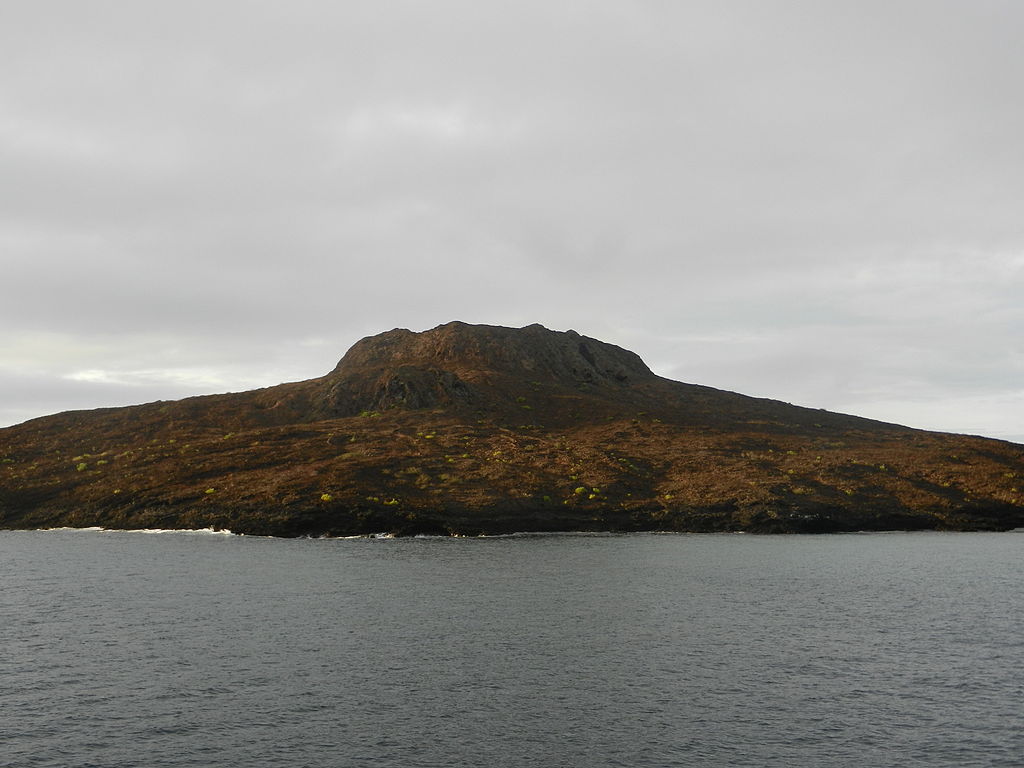
The trip to Sombrero Chino Island can be a bit pricey, as it’s only accessible through a Galapagos cruise that follows the northern itinerary circle. While the island is beautiful, the activities and wildlife here are quite similar to what you’ll find on other islands, making it less unique compared to other experiences in the Galapagos.
Ready to explore the Galapagos Islands but not sure where to start? Let local experts craft the perfect itinerary tailored to your needs. Get a FREE quote today and enjoy peace of mind while supporting this blog and the vibrant Galapagos communities.
Laguna del Junco
Visiting Laguna del Junco will take up an entire day of your itinerary, and the area is often foggy, so it doesn’t offer the scenic views that other Galapagos destinations are known for. If you’re looking for more dramatic landscapes, there are better options on the islands.
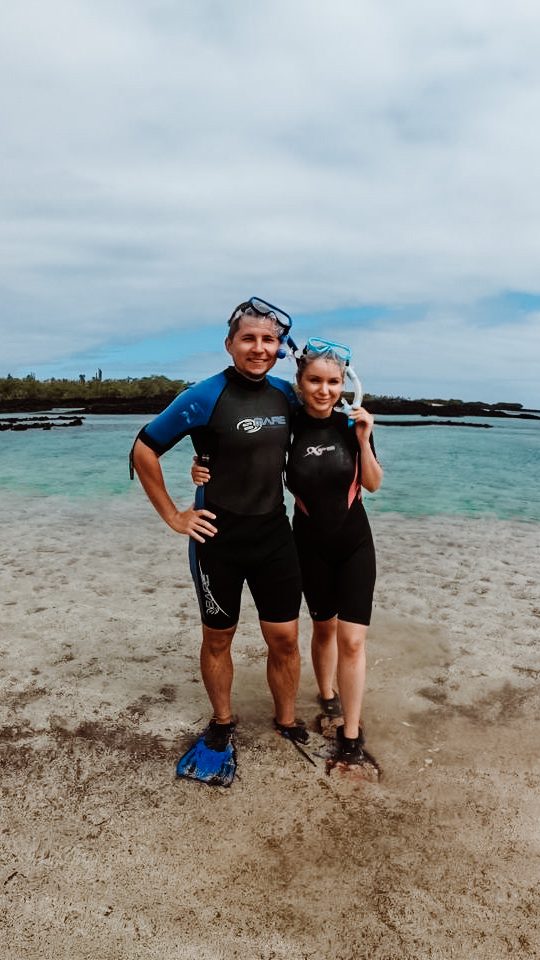
Planning trip to Galapagos Islands?
My wife and I spent two weeks on these magnificent islands, visited nearly every possible tour, and explored as much as we could. I shared all the important details in my comprehensive Galapagos Islands Travel Guide, where I cover everything you need to know about planning a trip to the Galapagos.
Galapagos Islands travel might surprise you with extra fees to enter the islands, the complicated logistics between islands, booking tours, and knowing which spots are free to explore and which ones are not. I’ve covered it all in this Galapagos Travel Guide.
Also, if you’re planning a trip to the Galapagos, make sure to use my link for discounted hotel prices via Booking.com. It really helps support my blog!
Conclusion
The Galapagos Islands offer a wide range of activities that are sure to captivate any traveler. From snorkeling with marine life to hiking through volcanic landscapes, the archipelago feels like a journey to another world, making it truly bucket list worthy!
Whether you follow the bucket list we’ve created or design your own adventure, there’s no doubt that you’ll have an unforgettable time exploring the wonders of the Galapagos Islands!
Make sure to check my video about travelling on the Galapagos:

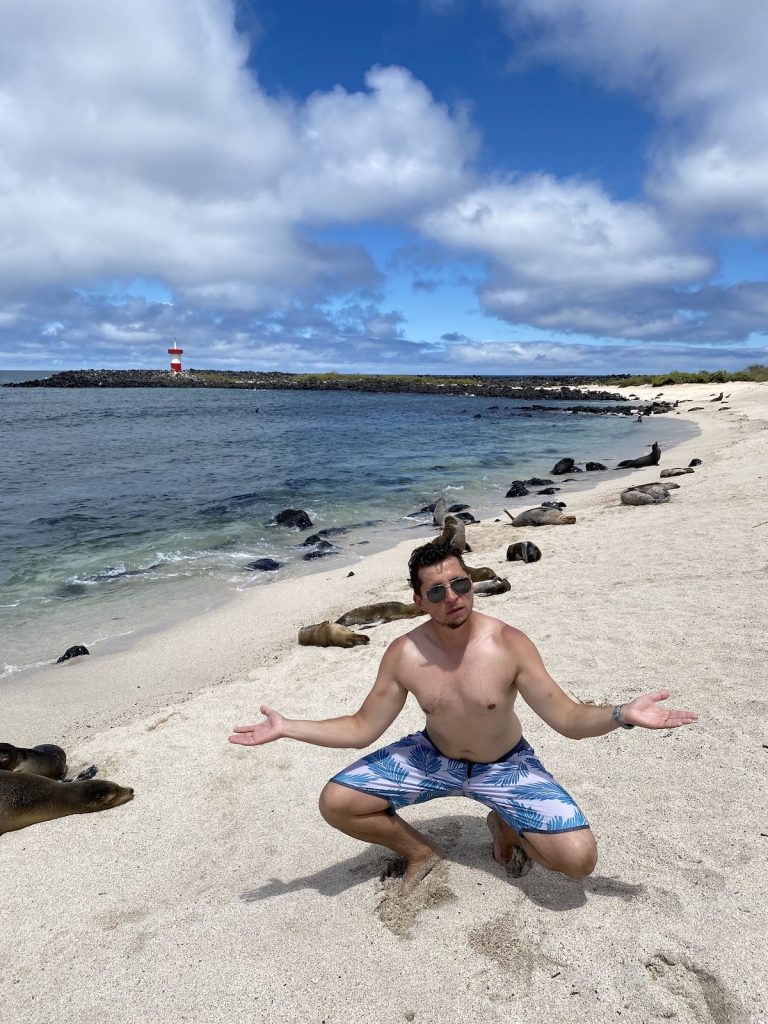

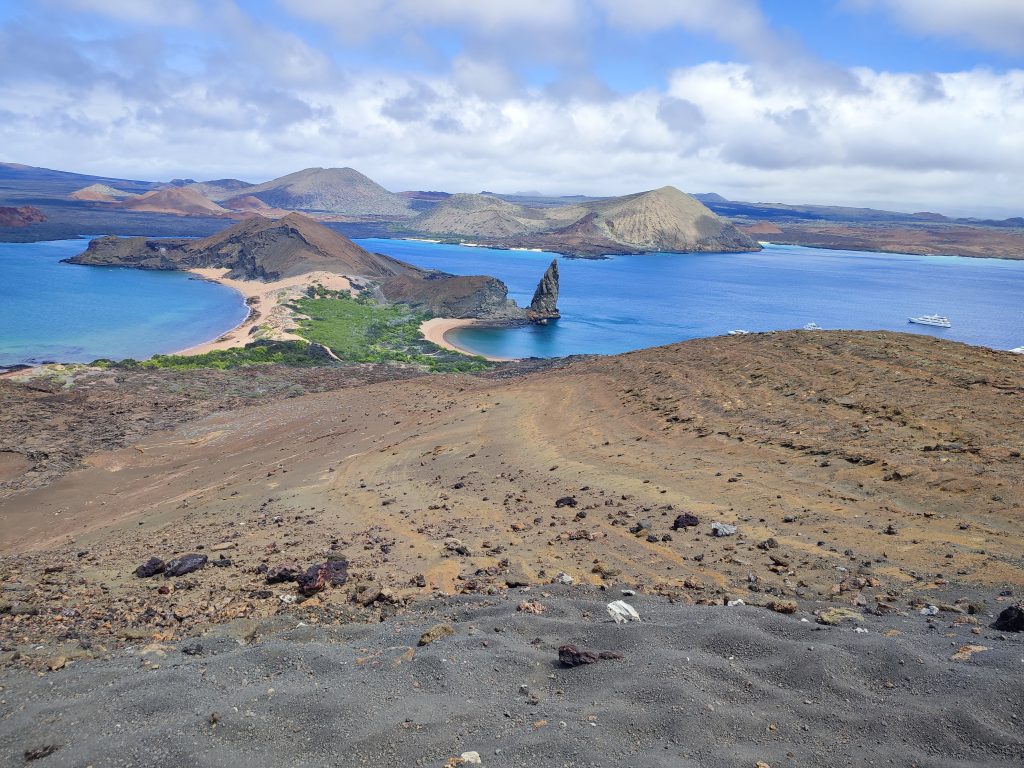
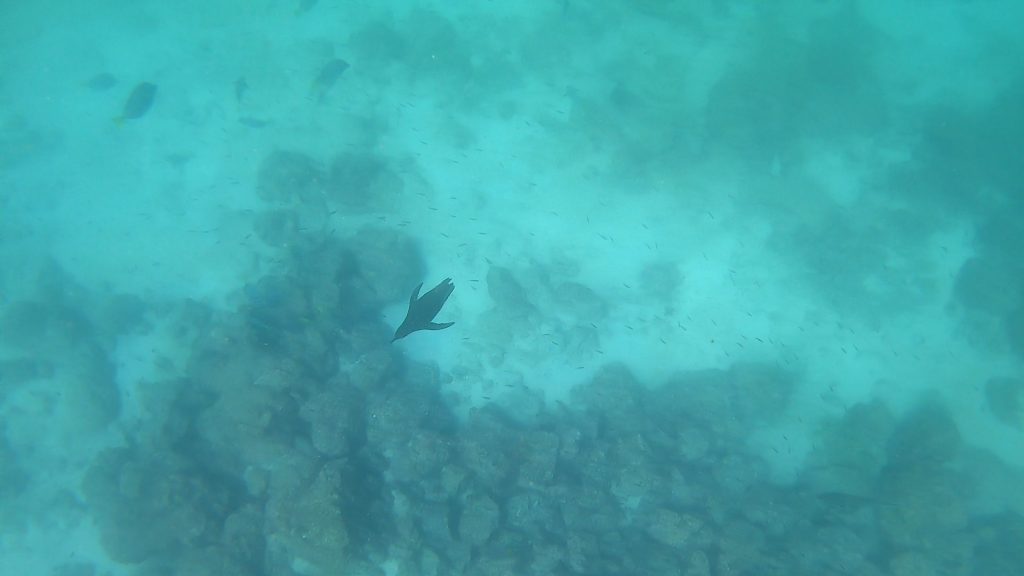
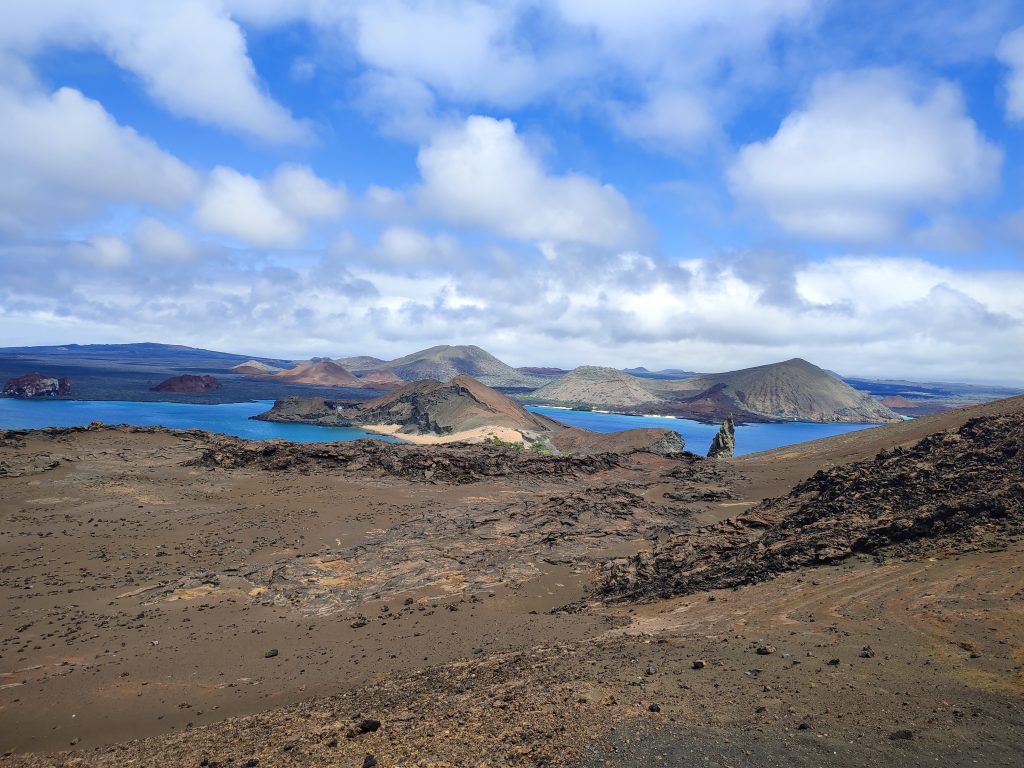


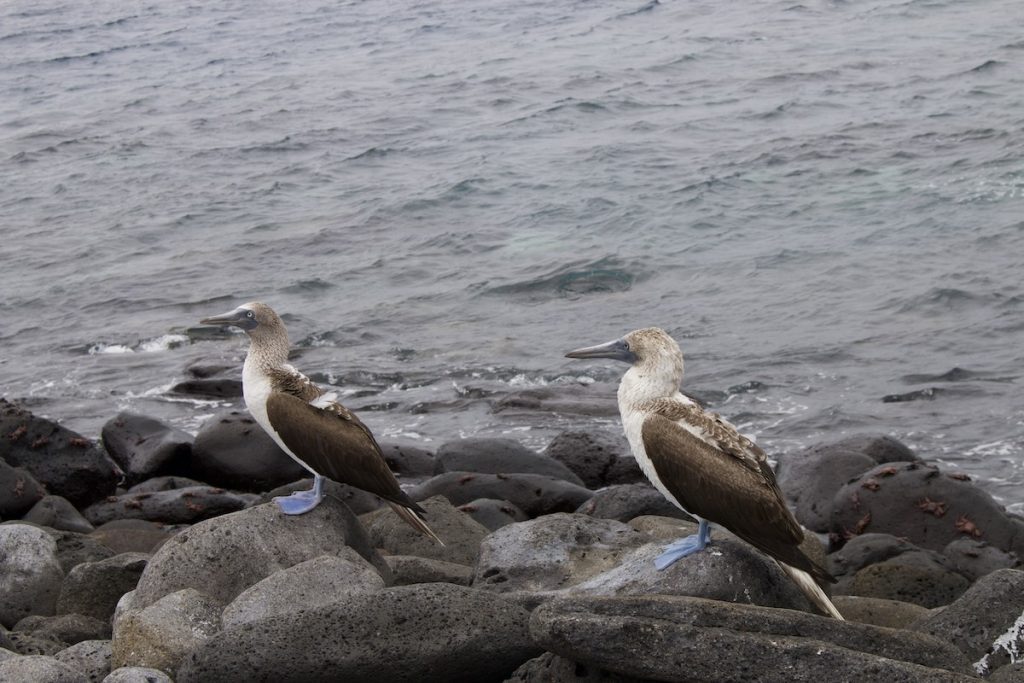
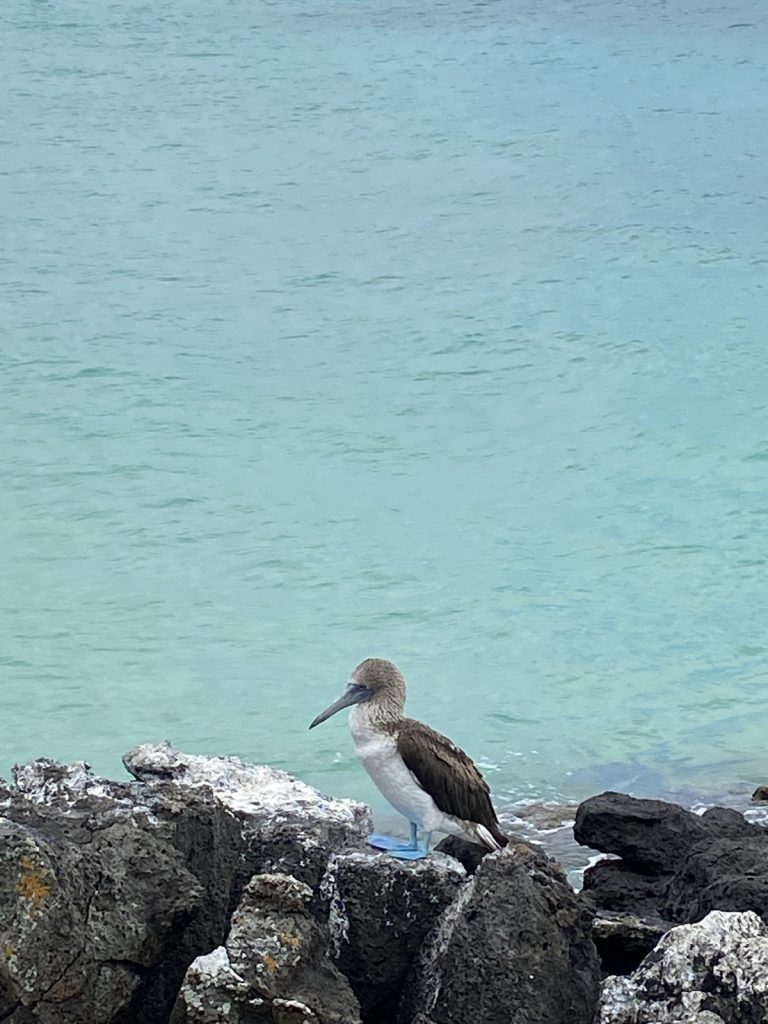
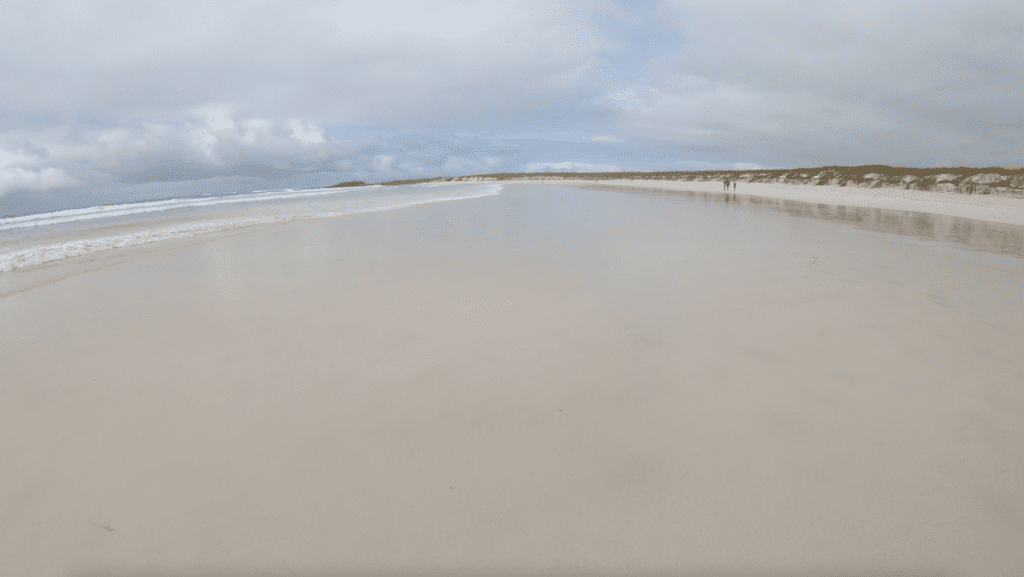
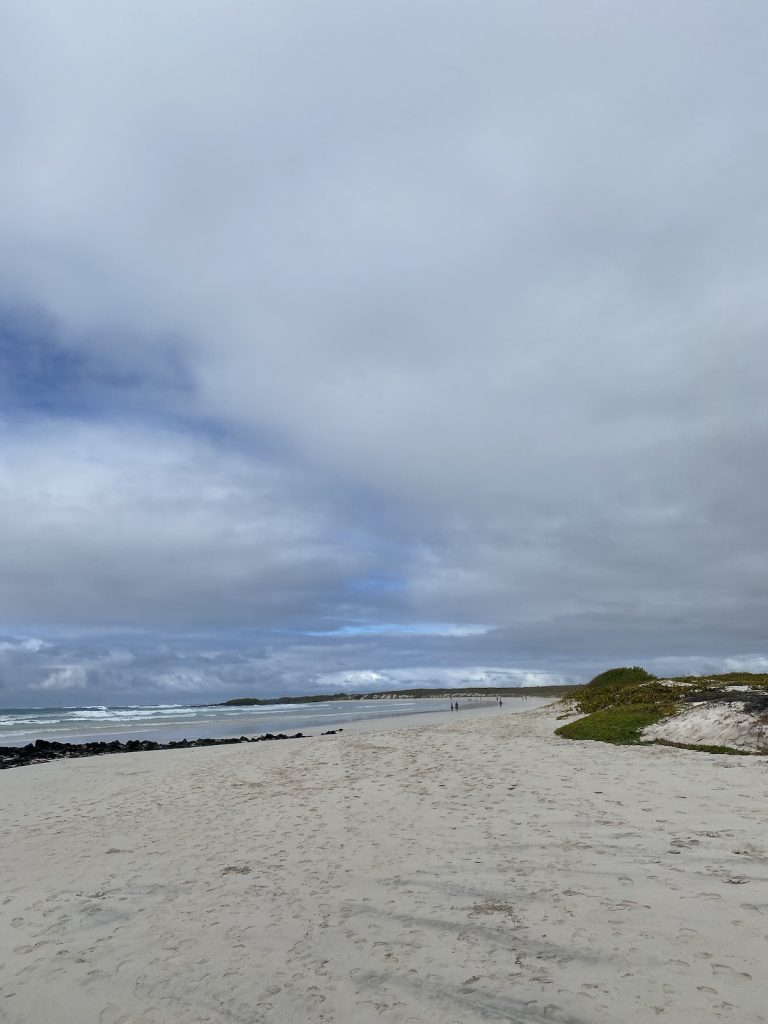
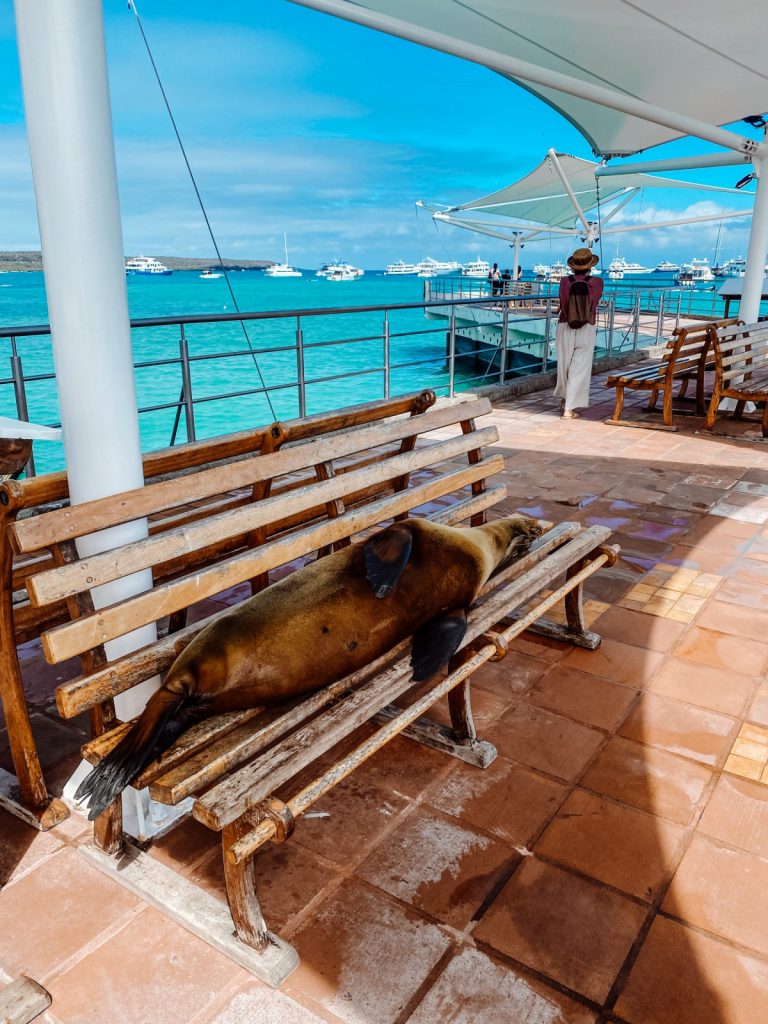
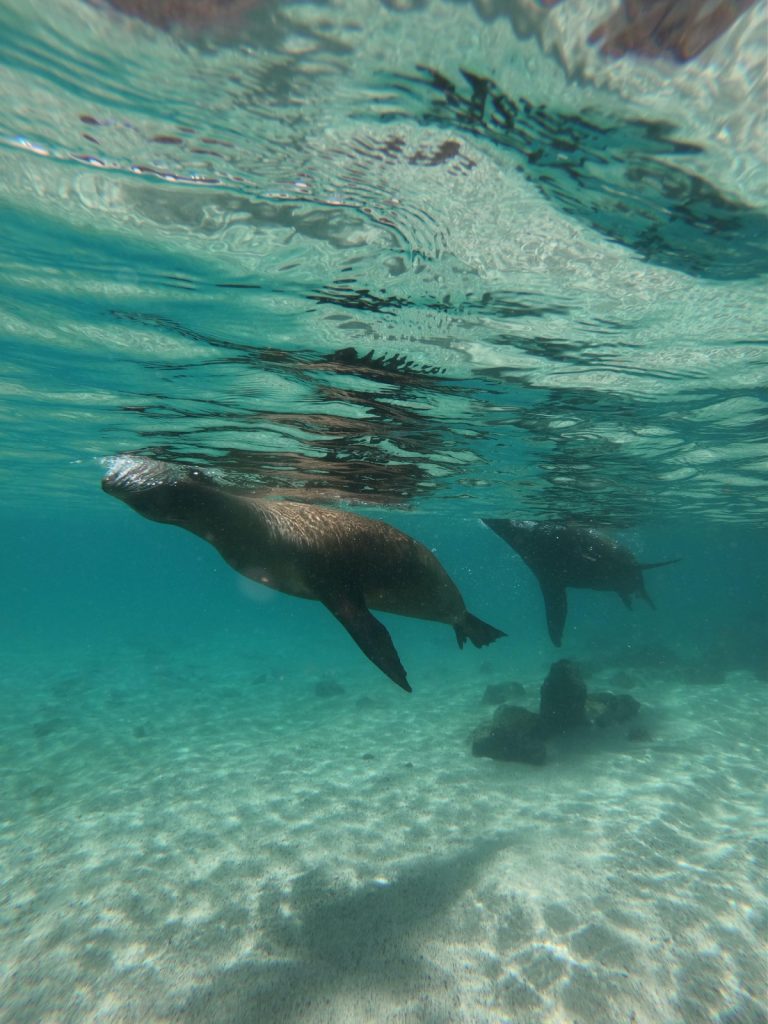
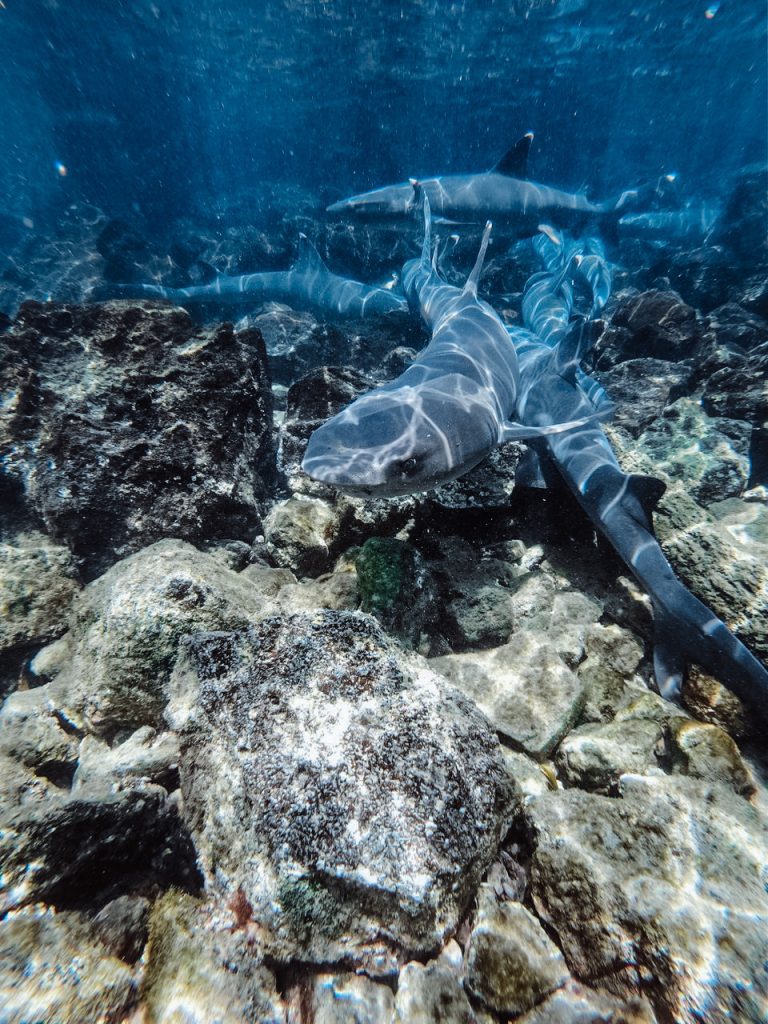
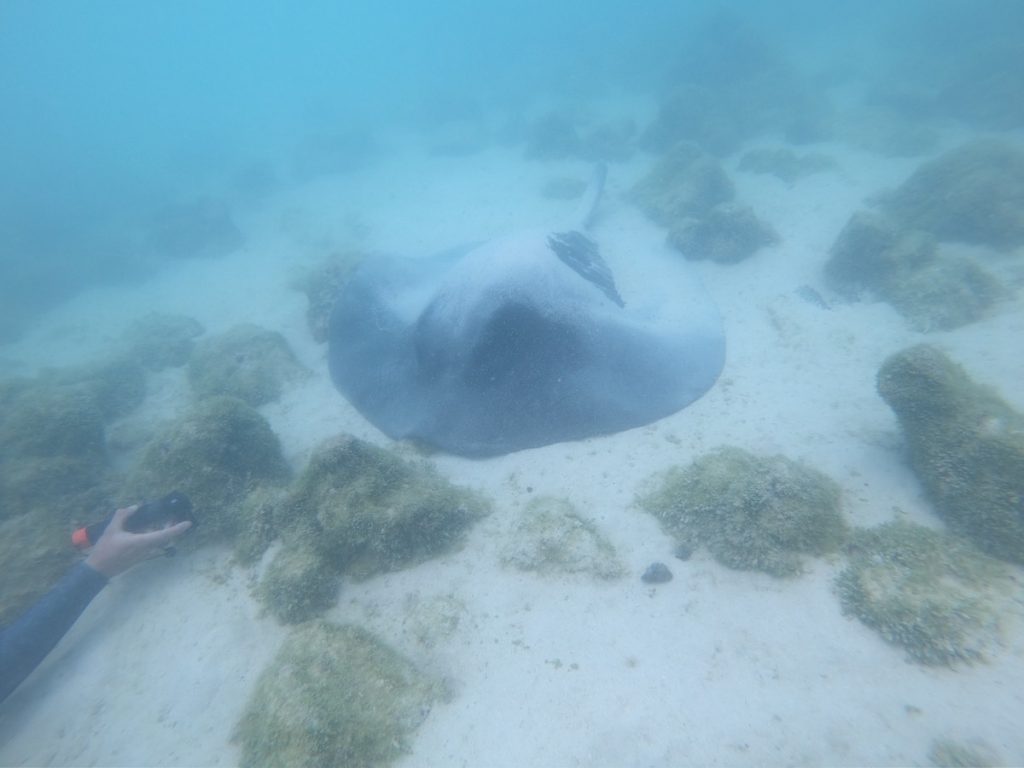
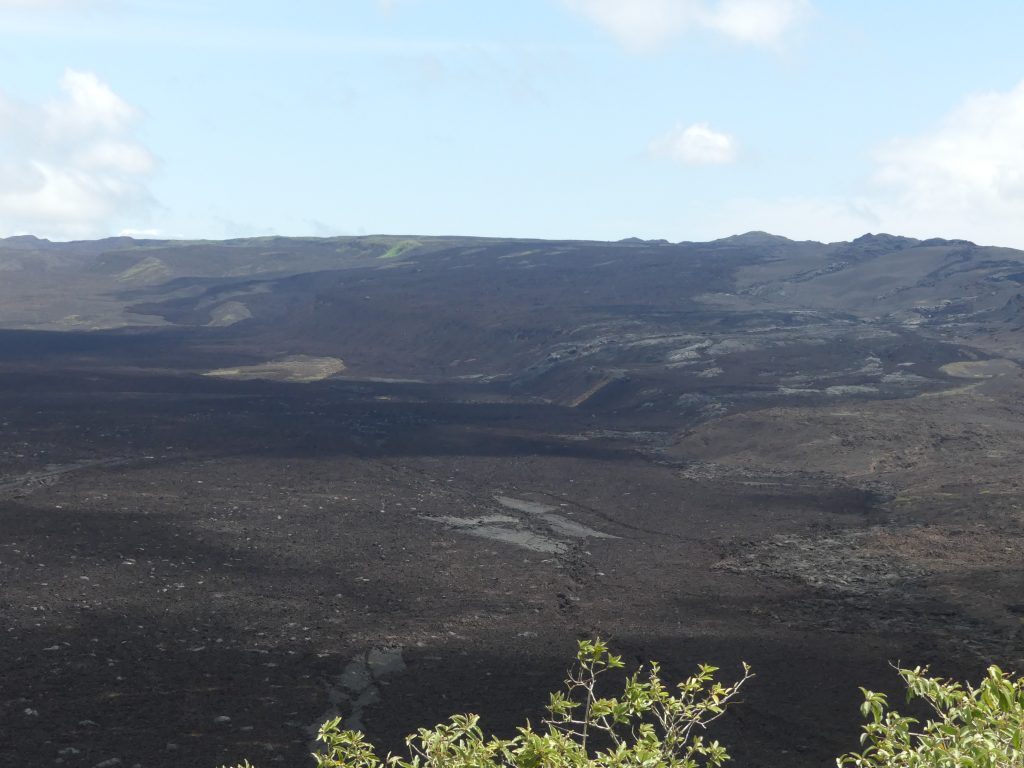
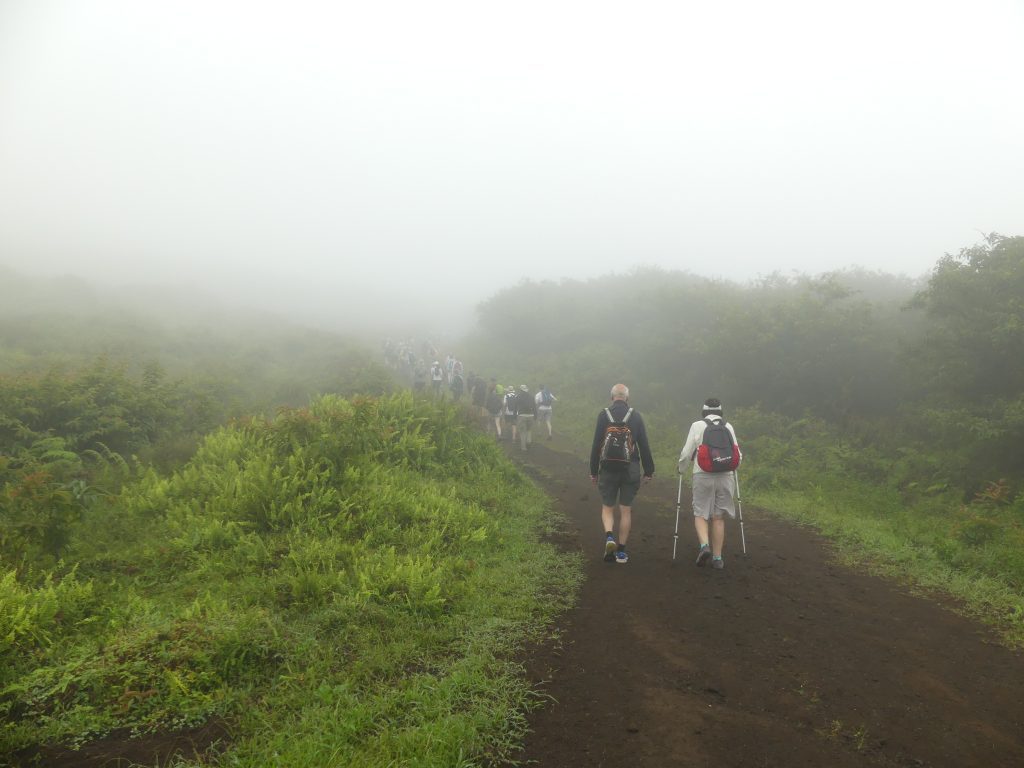
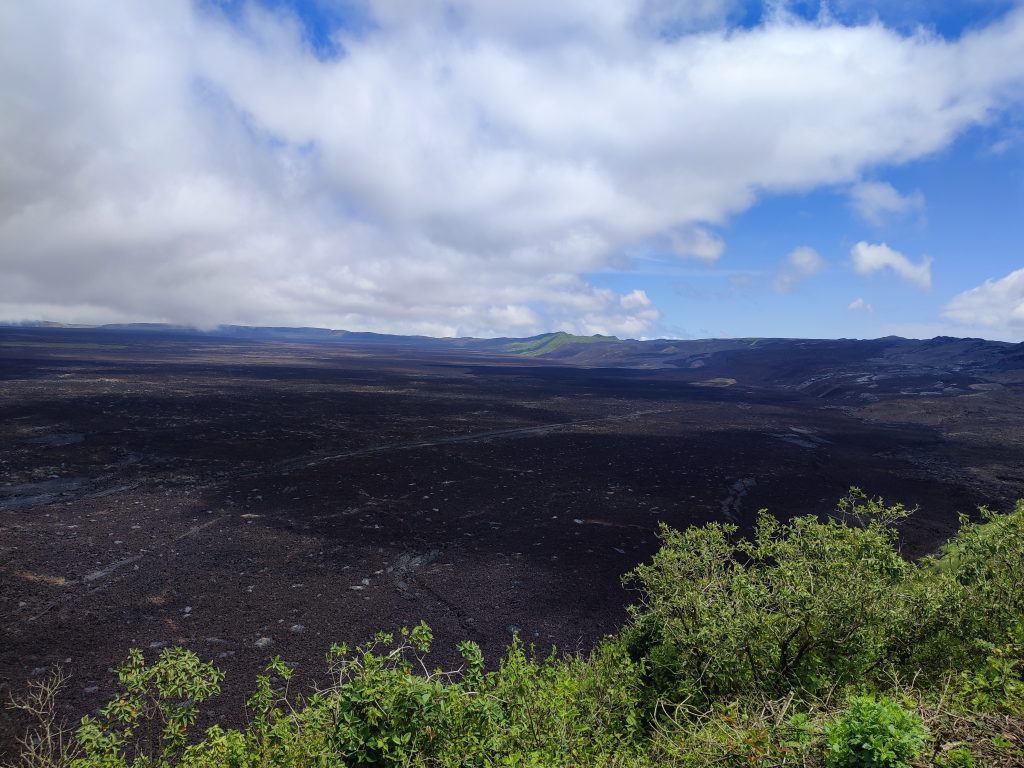
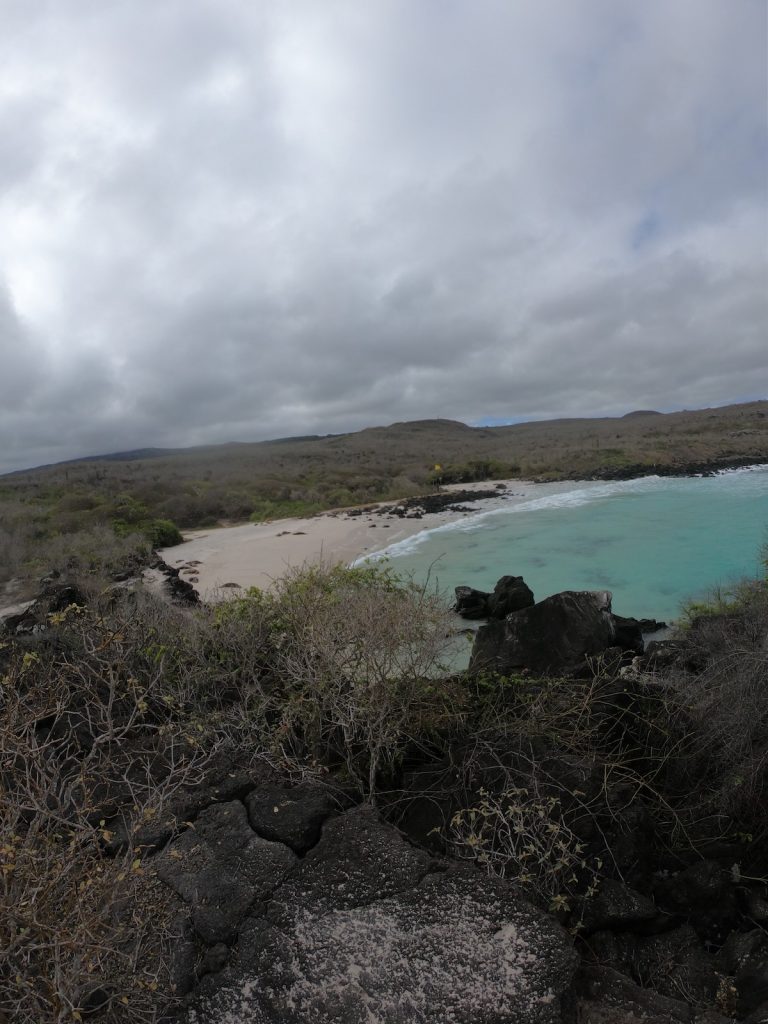
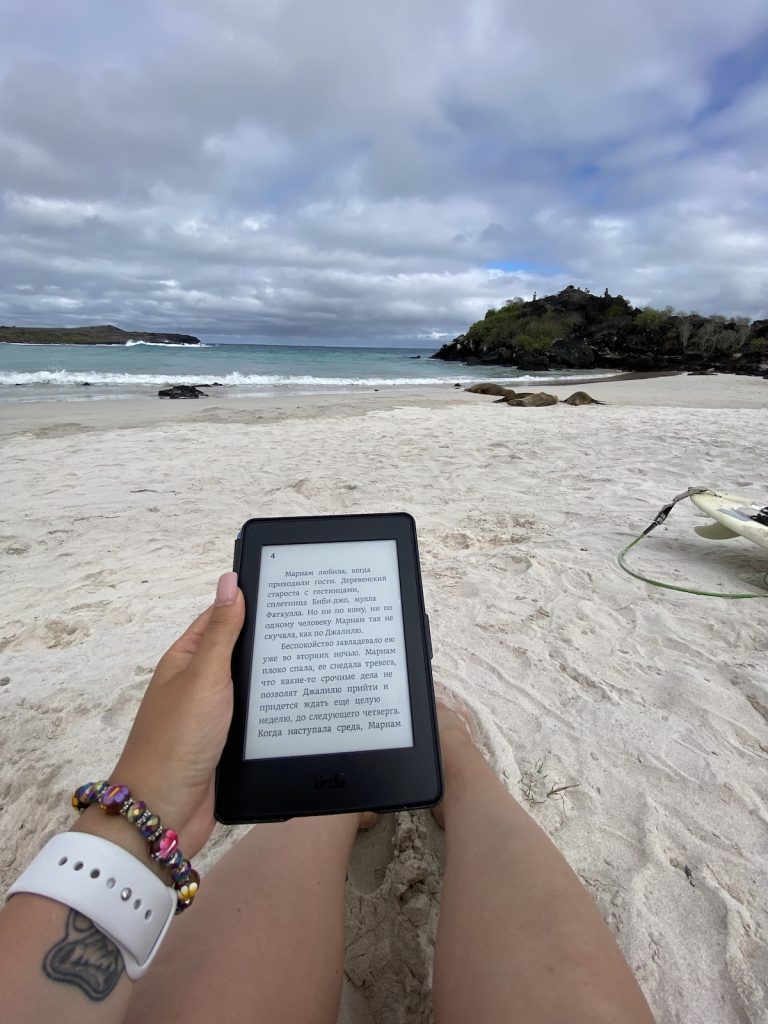
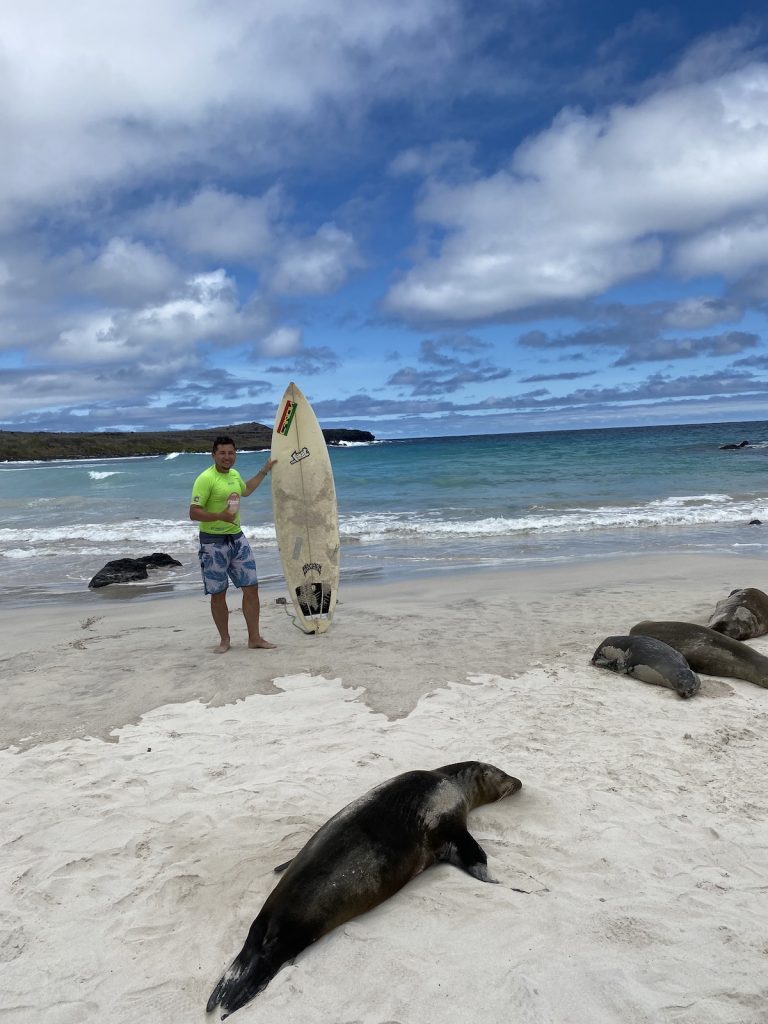
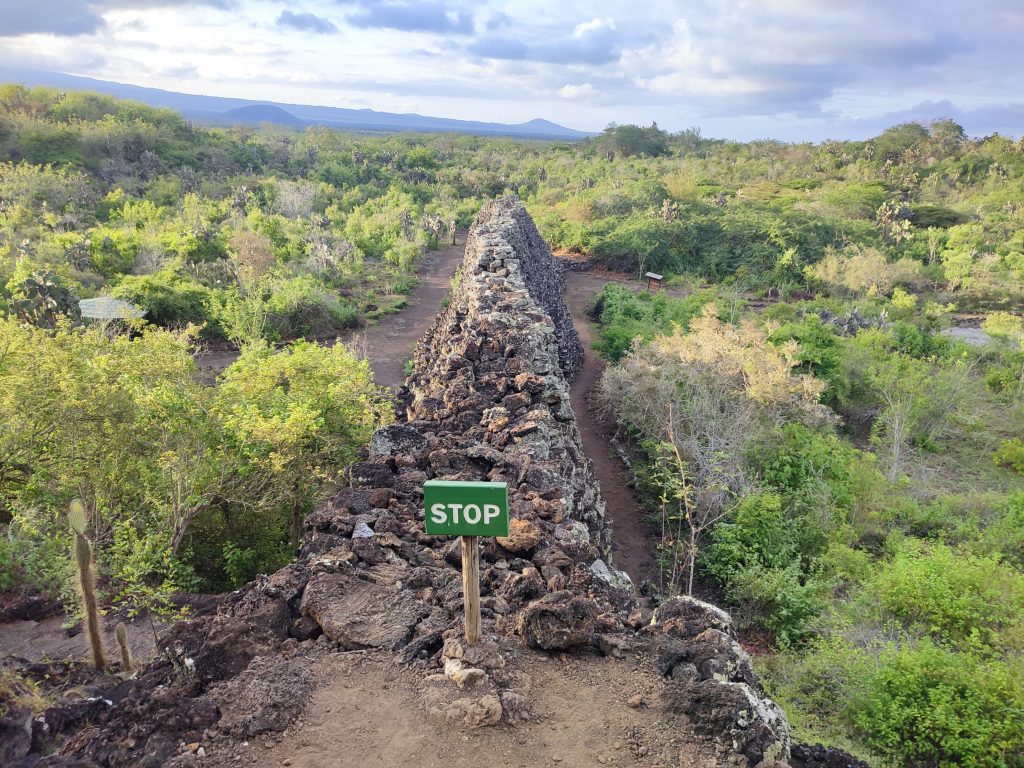
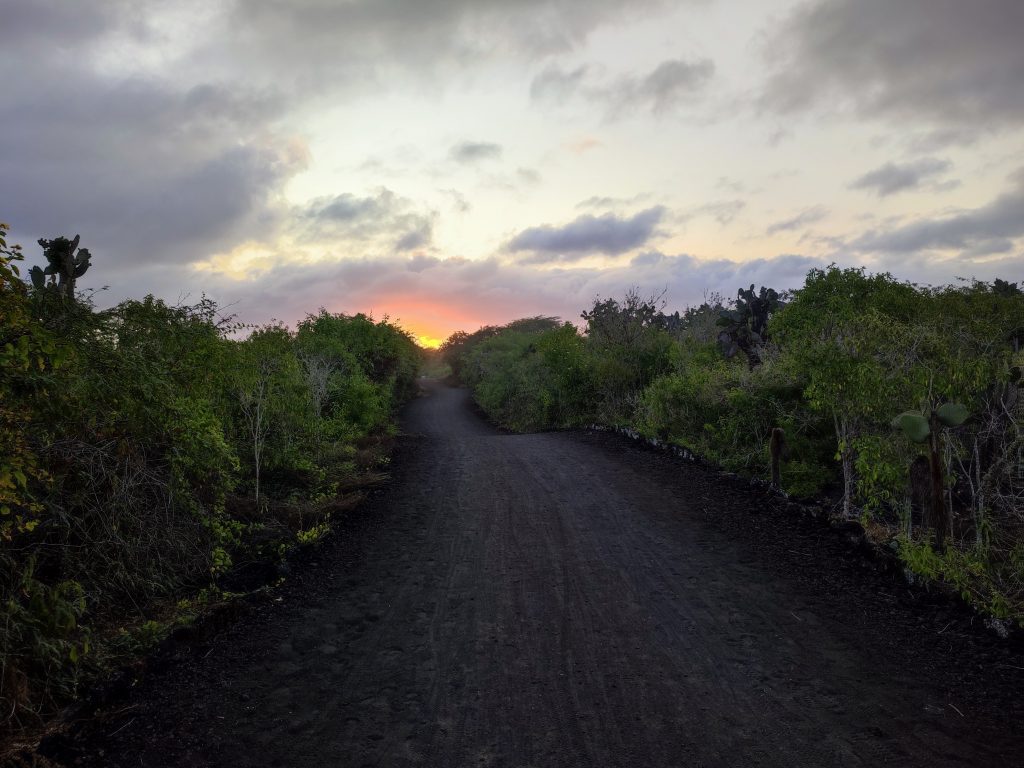
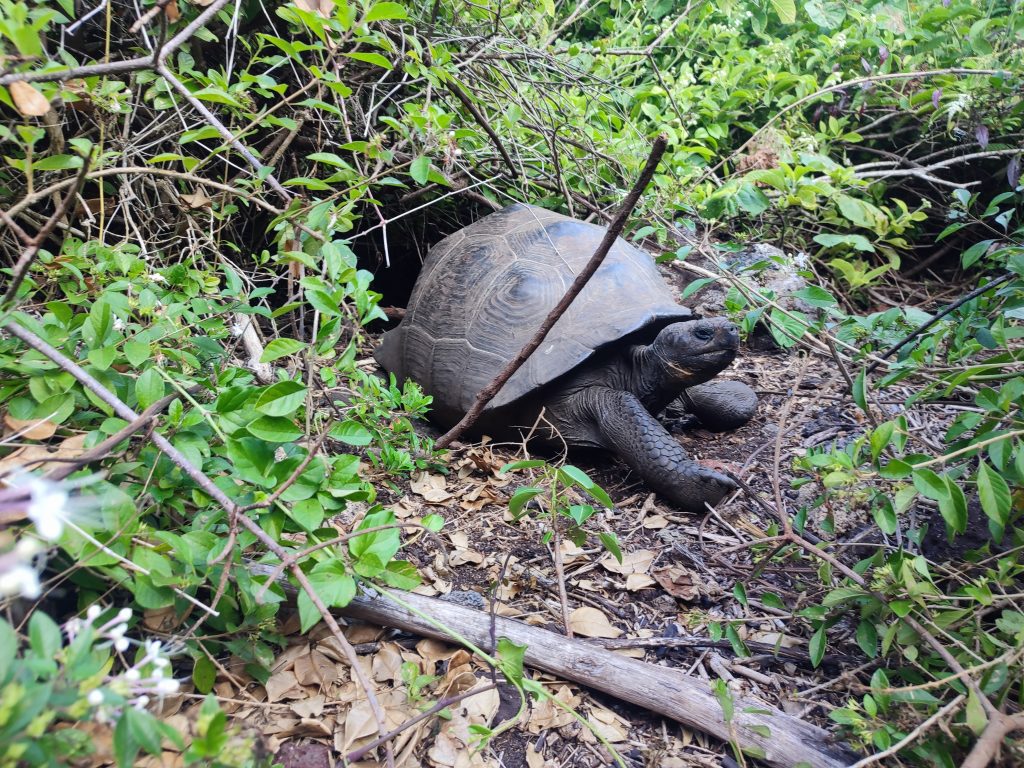
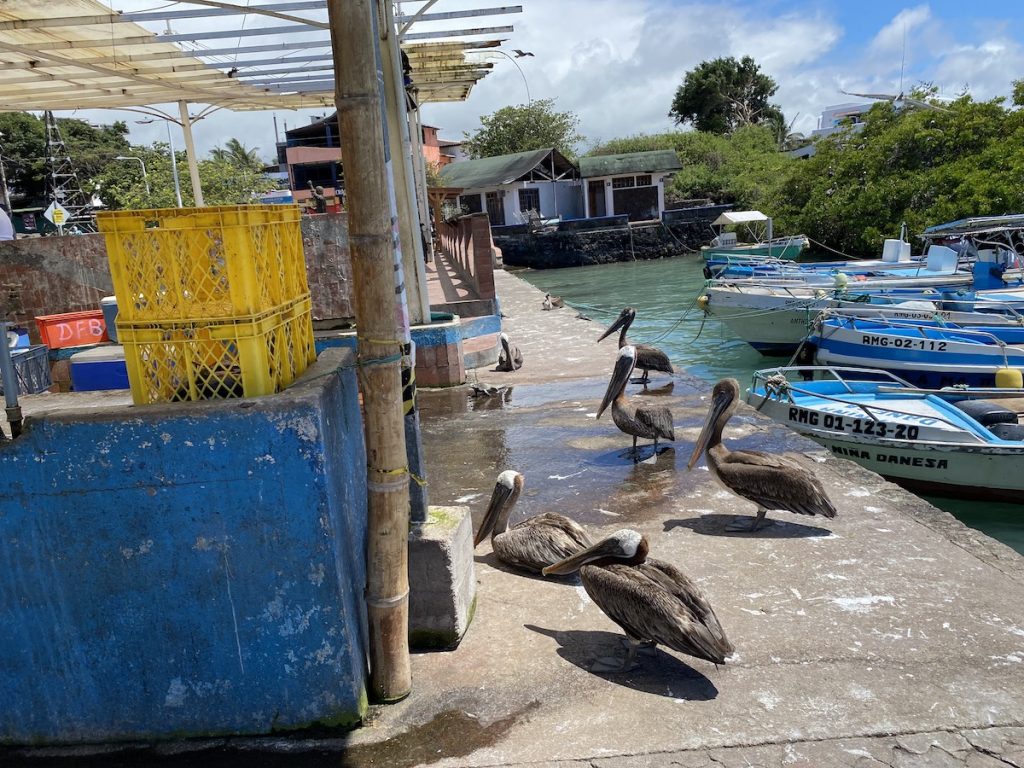
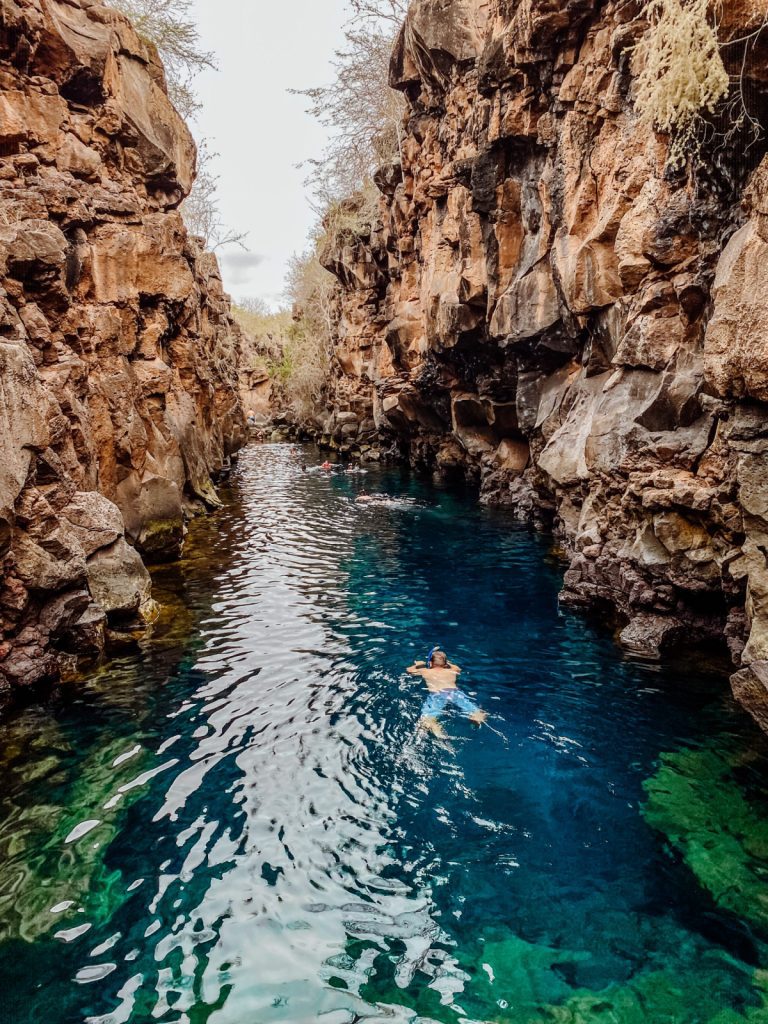
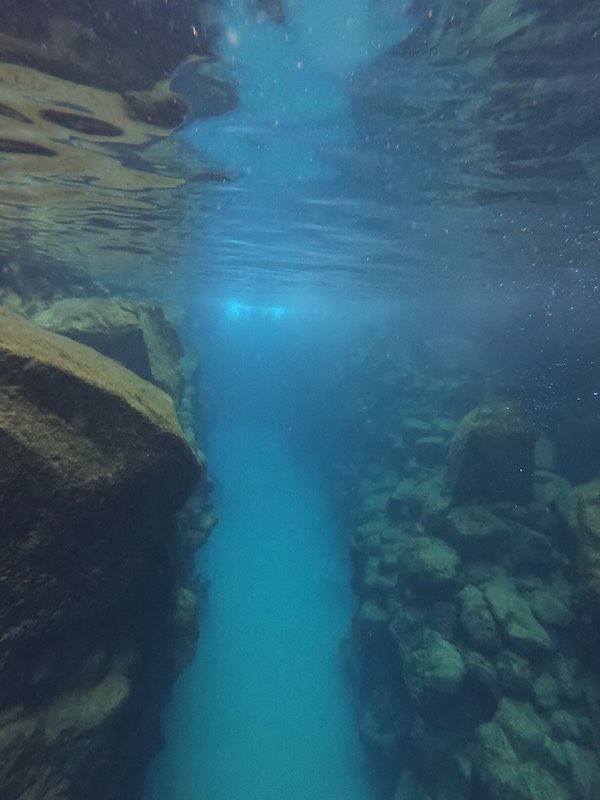
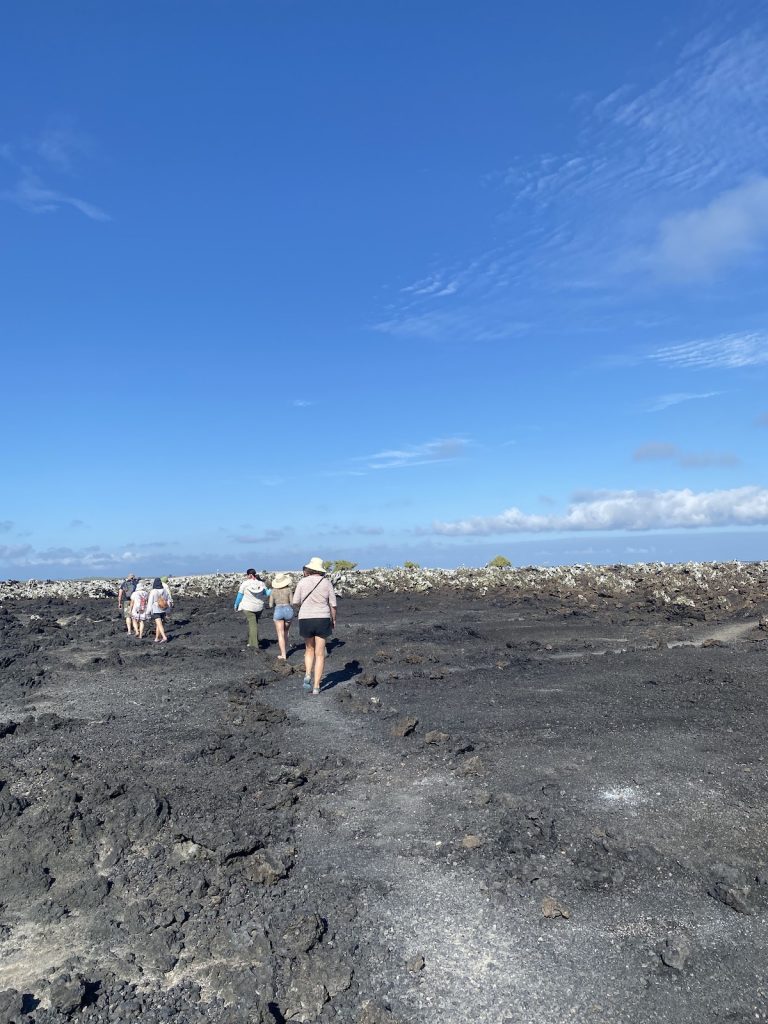
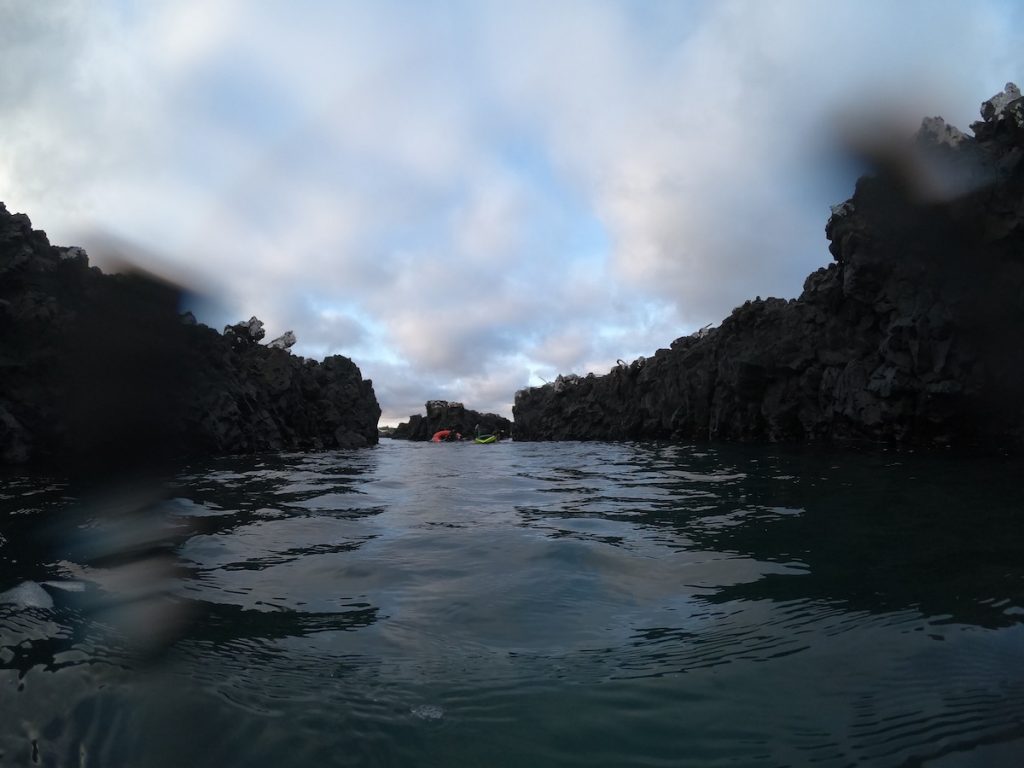
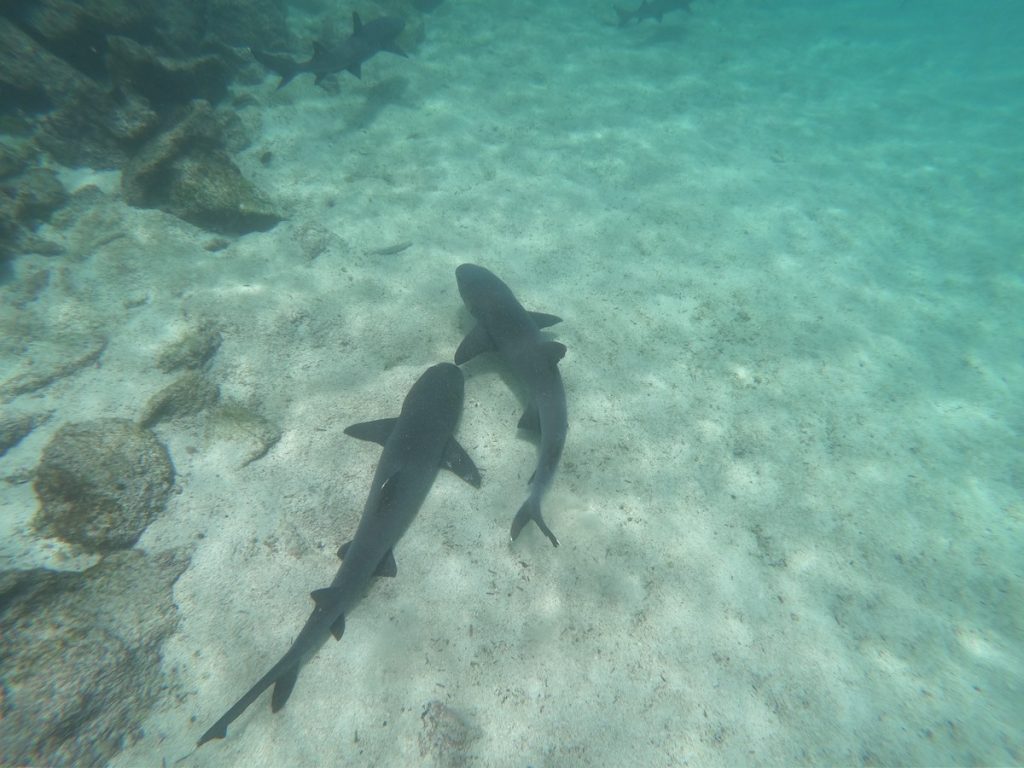
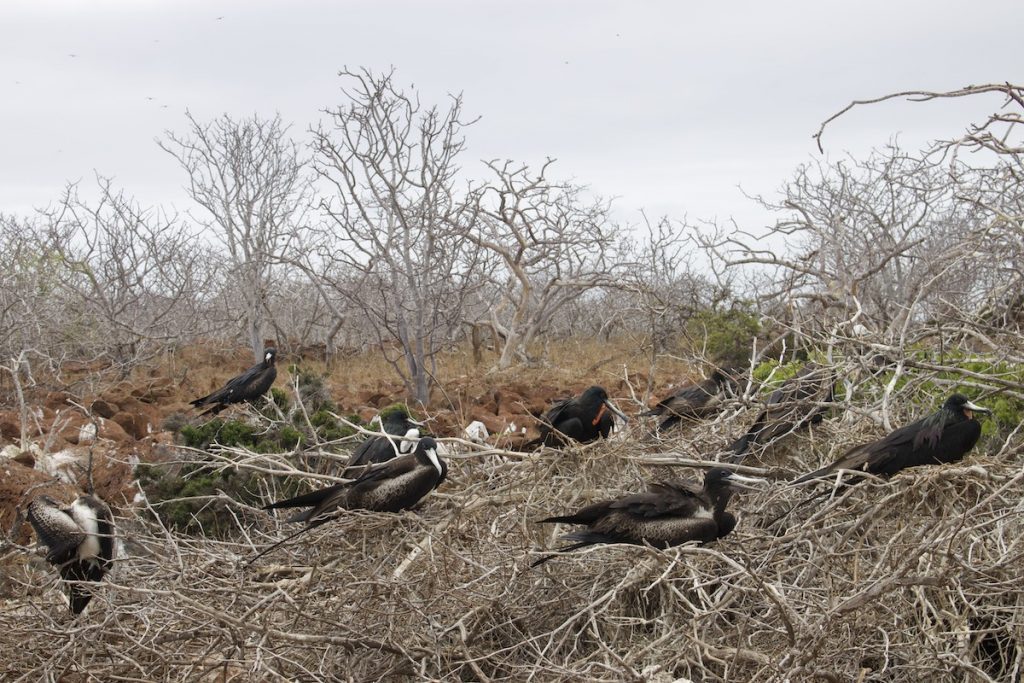
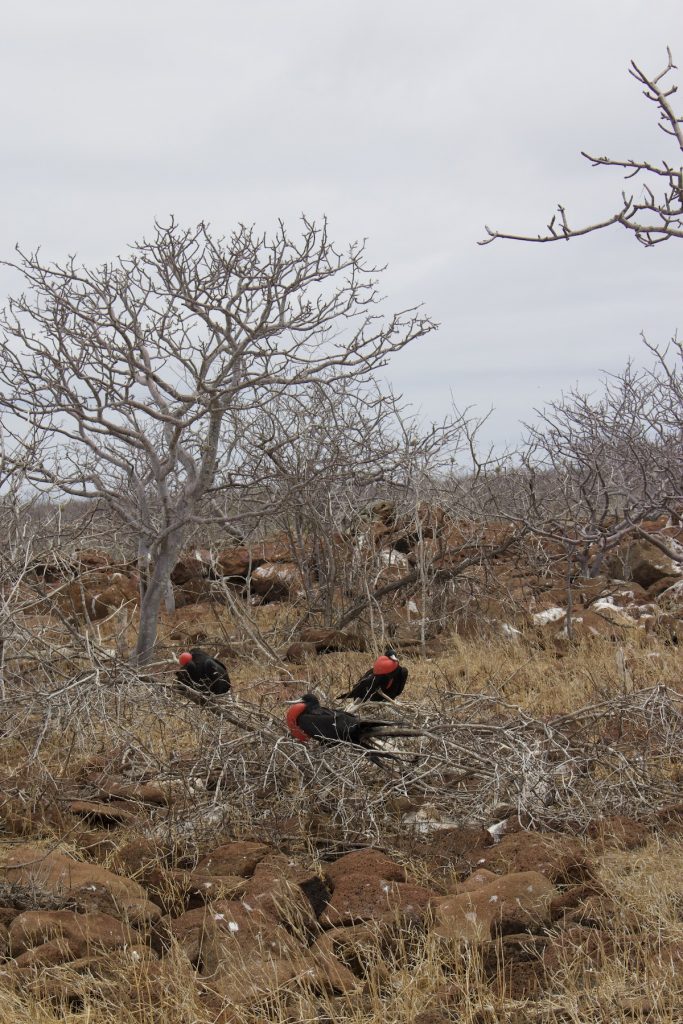
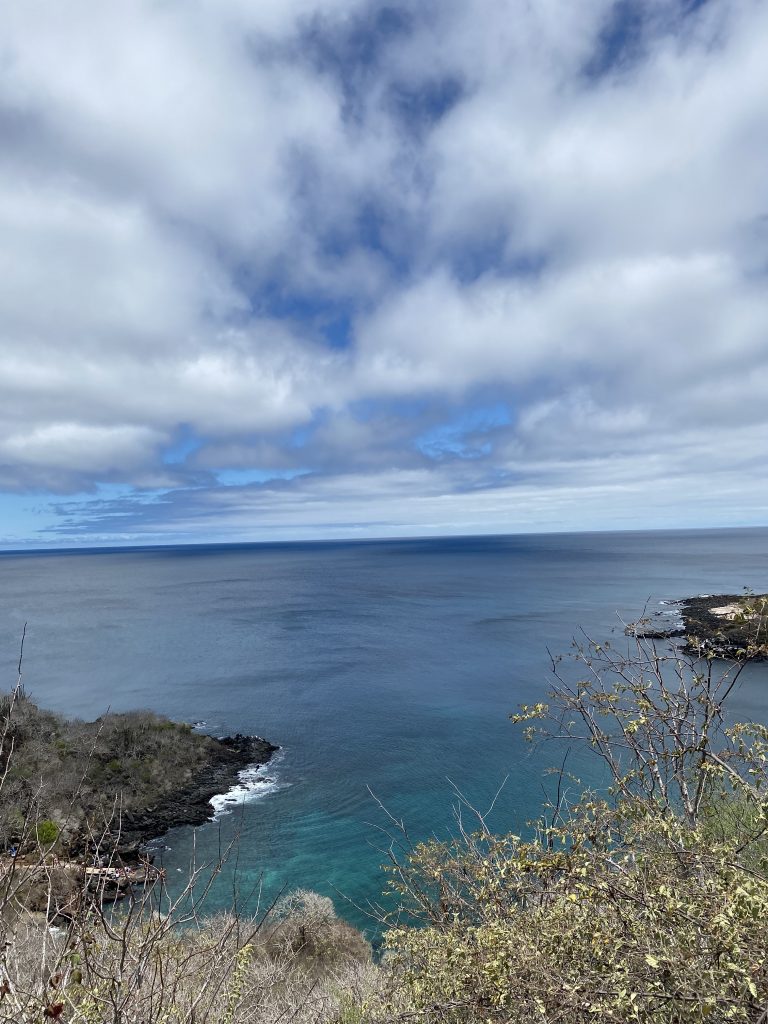
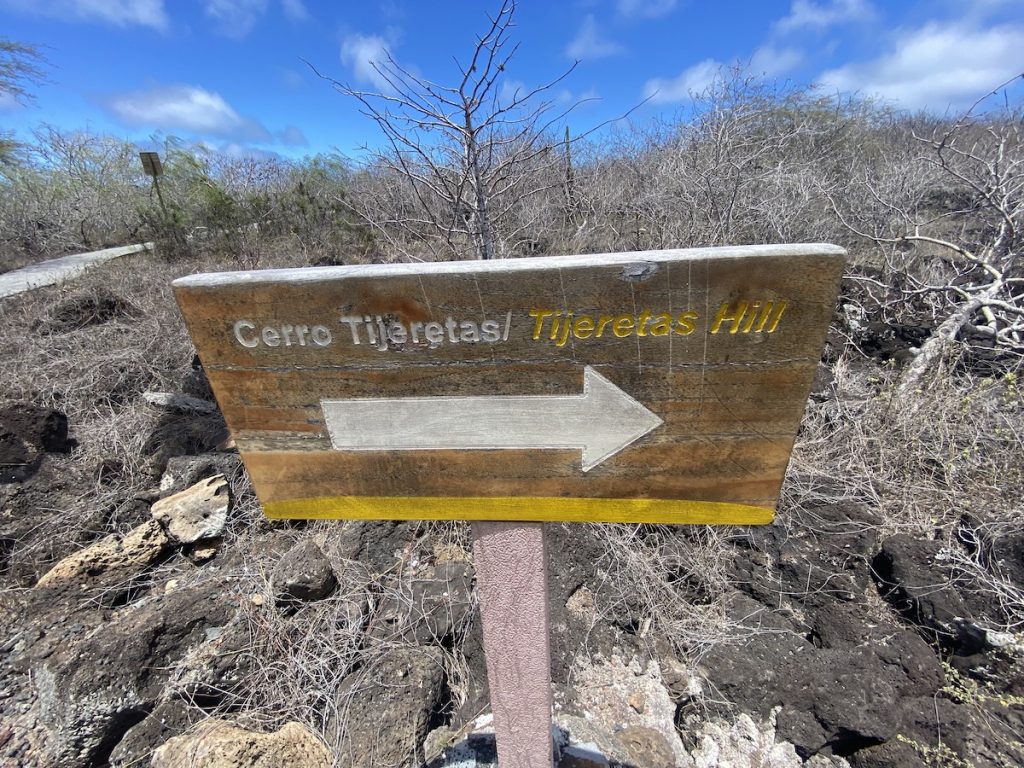
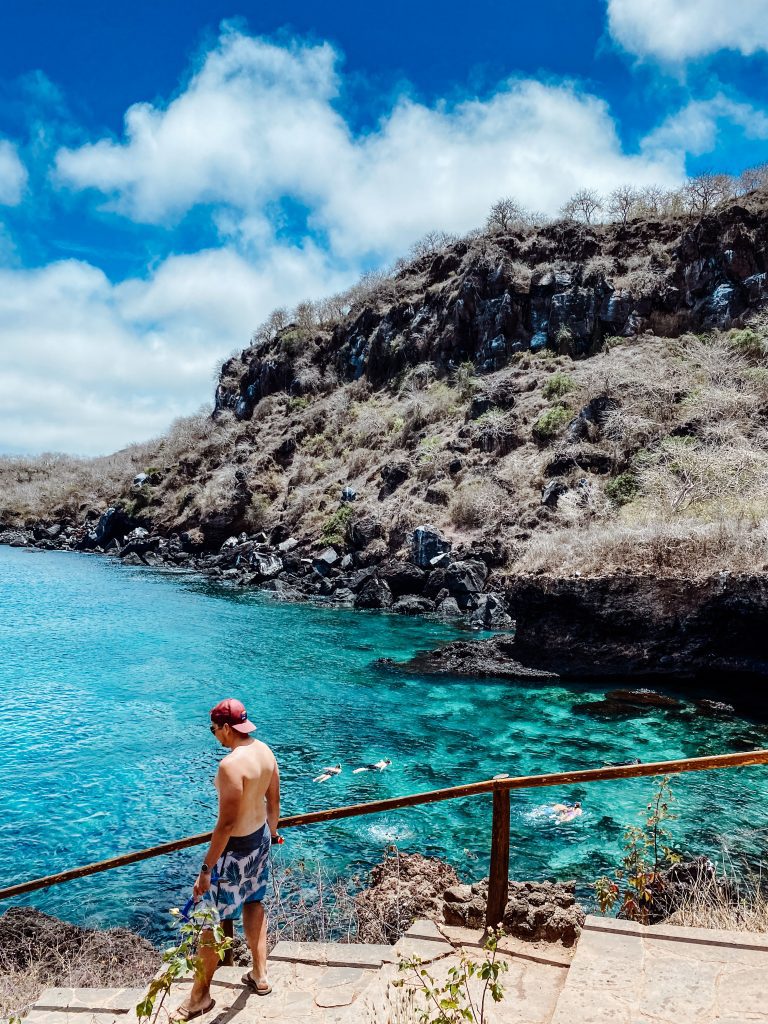
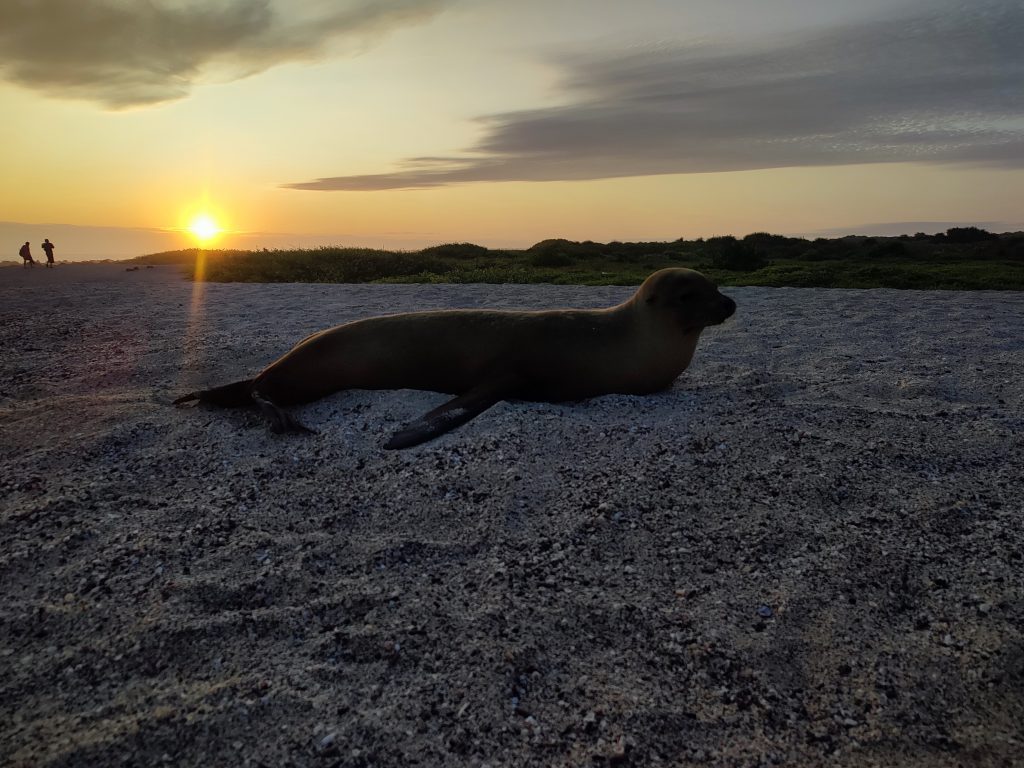
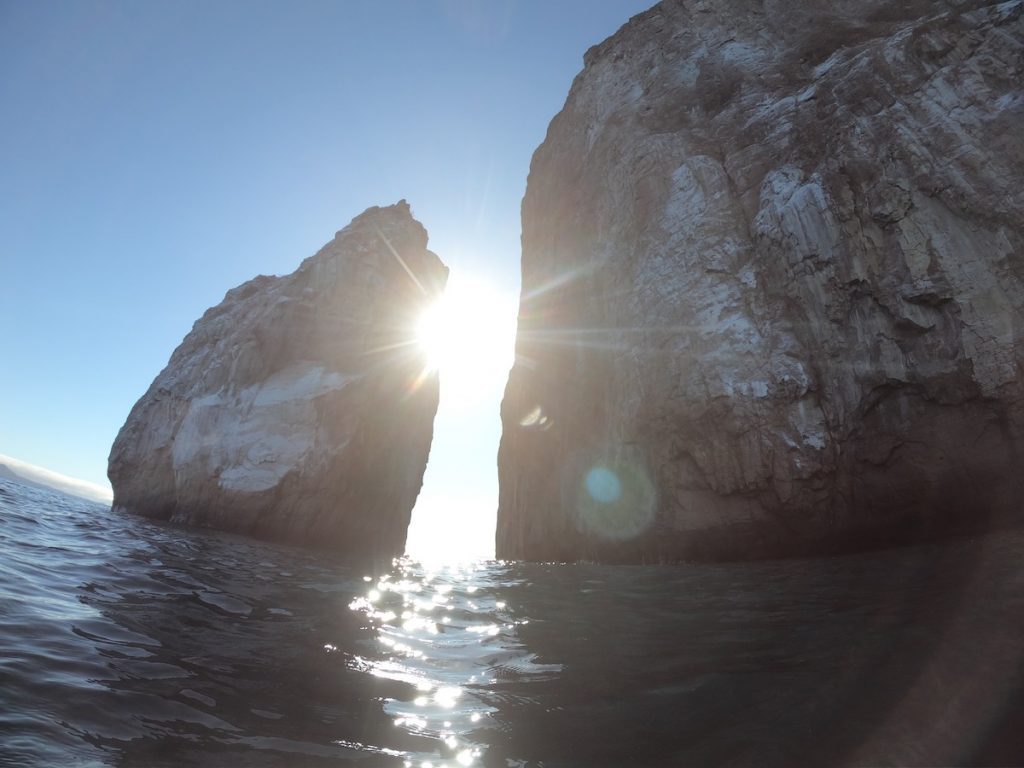
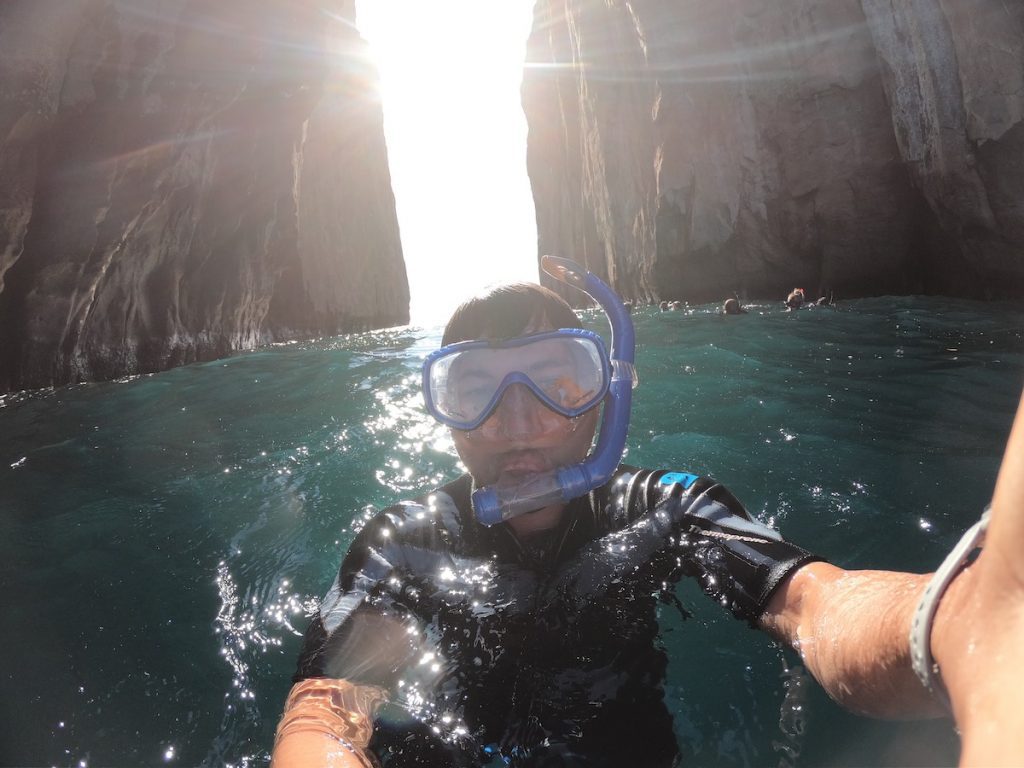
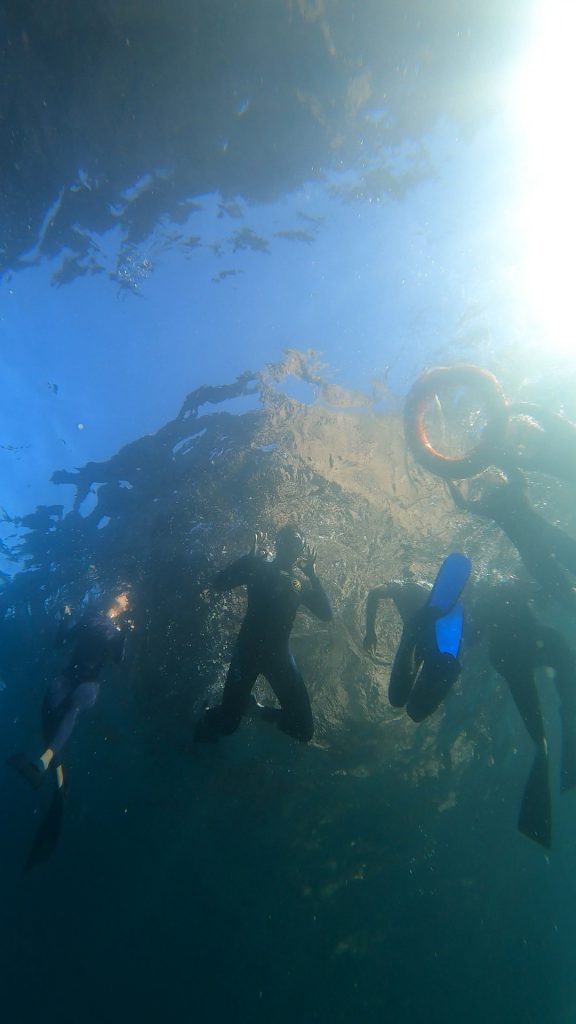
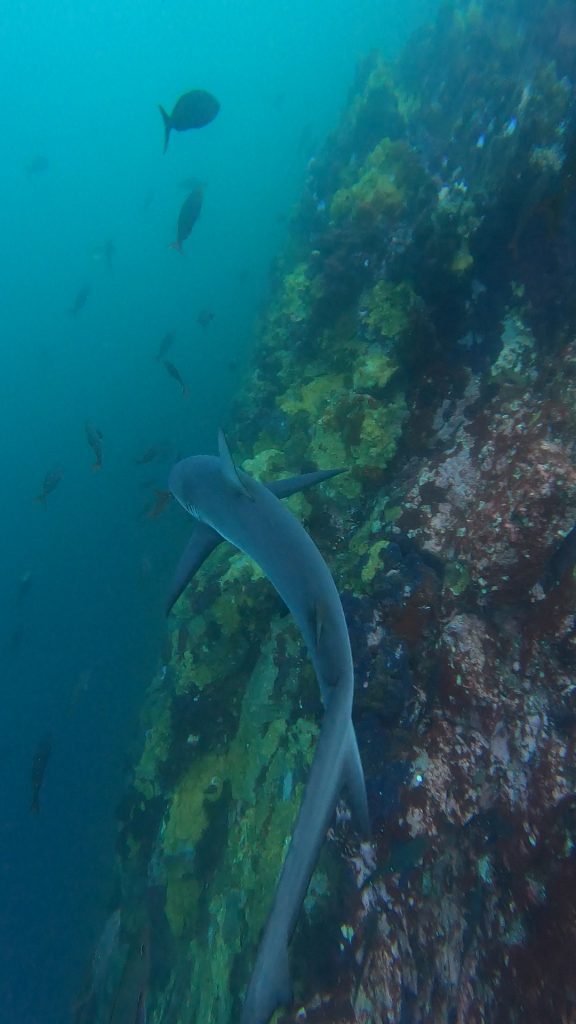
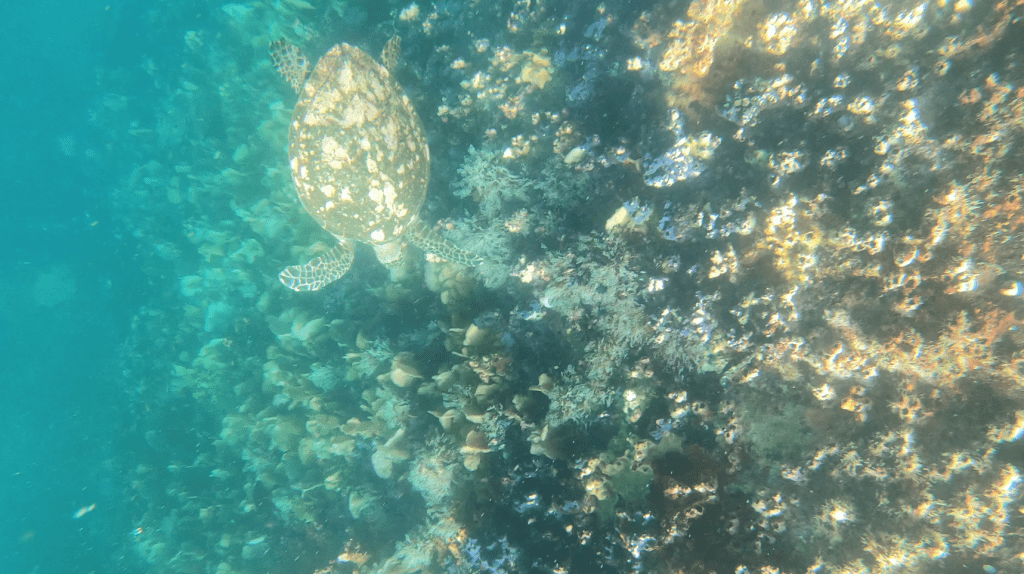

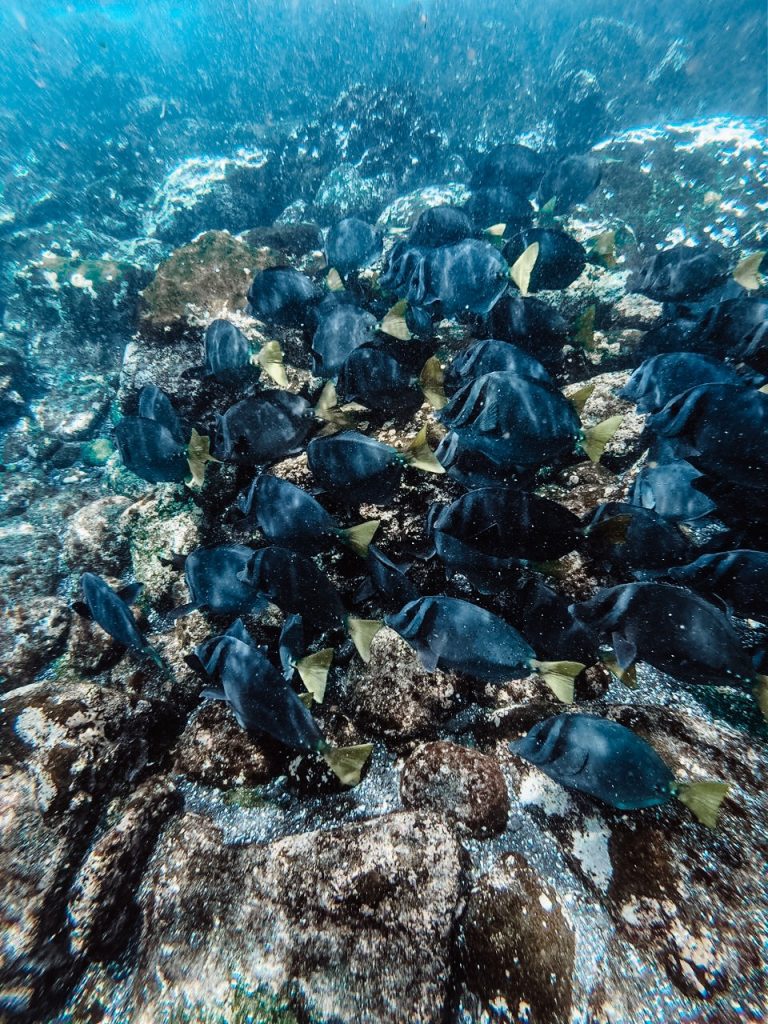
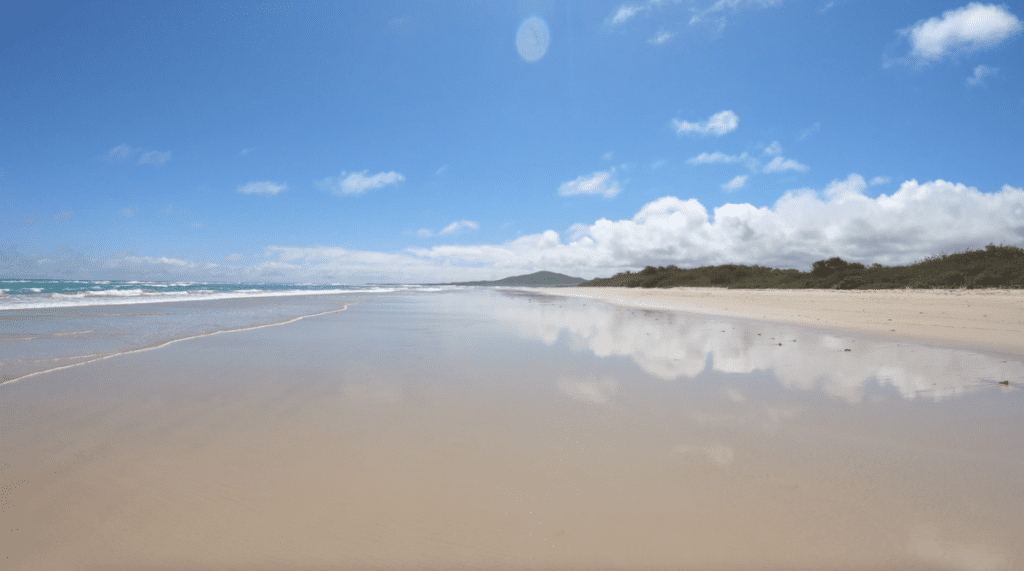
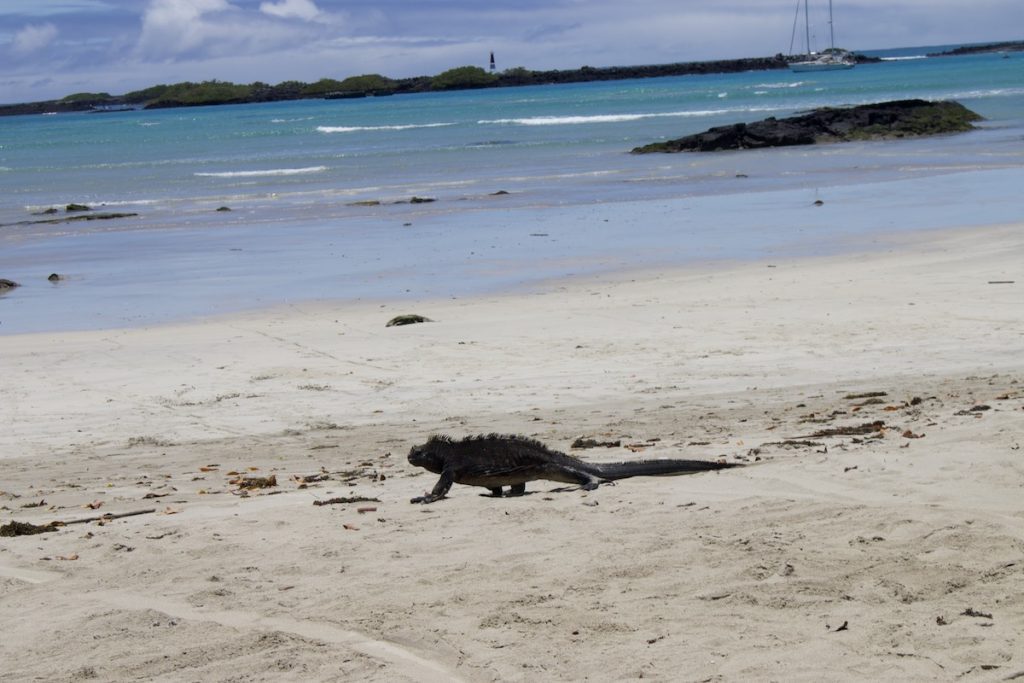
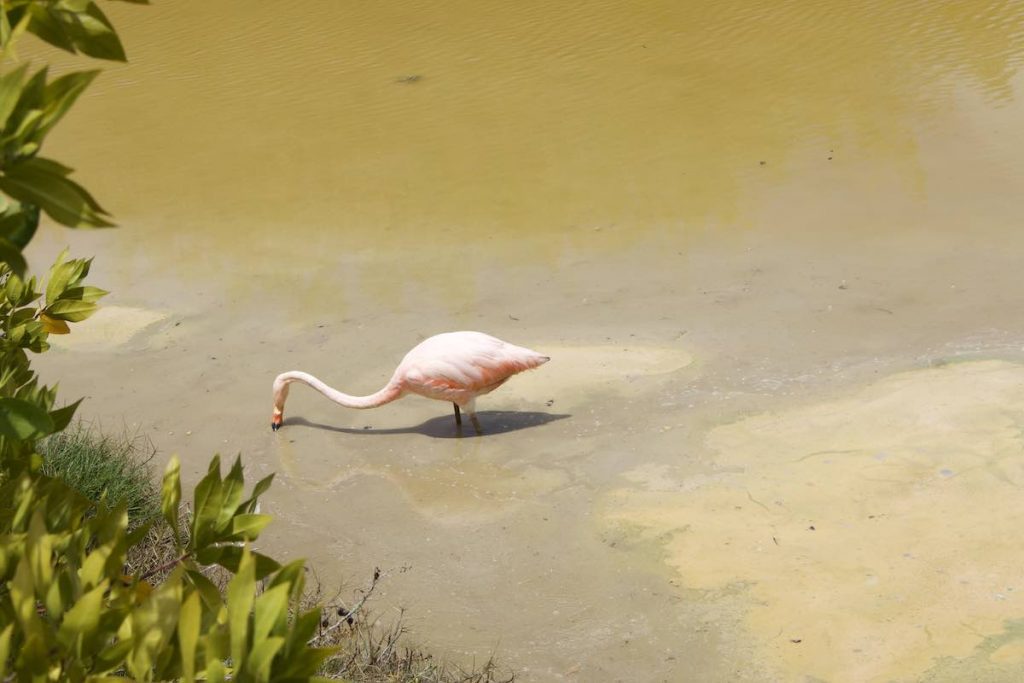
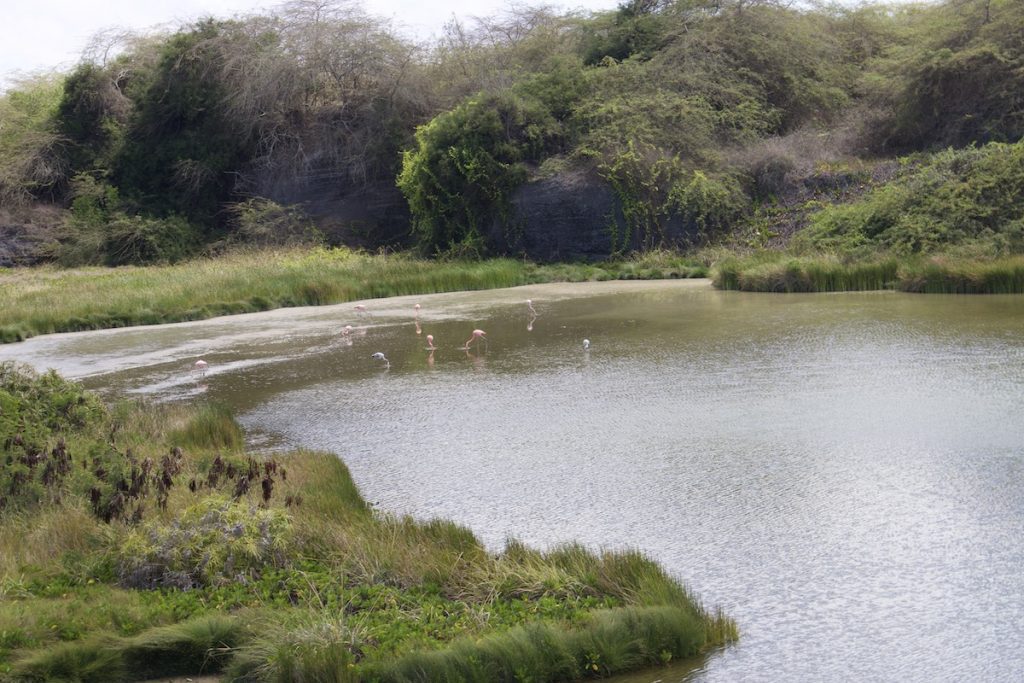
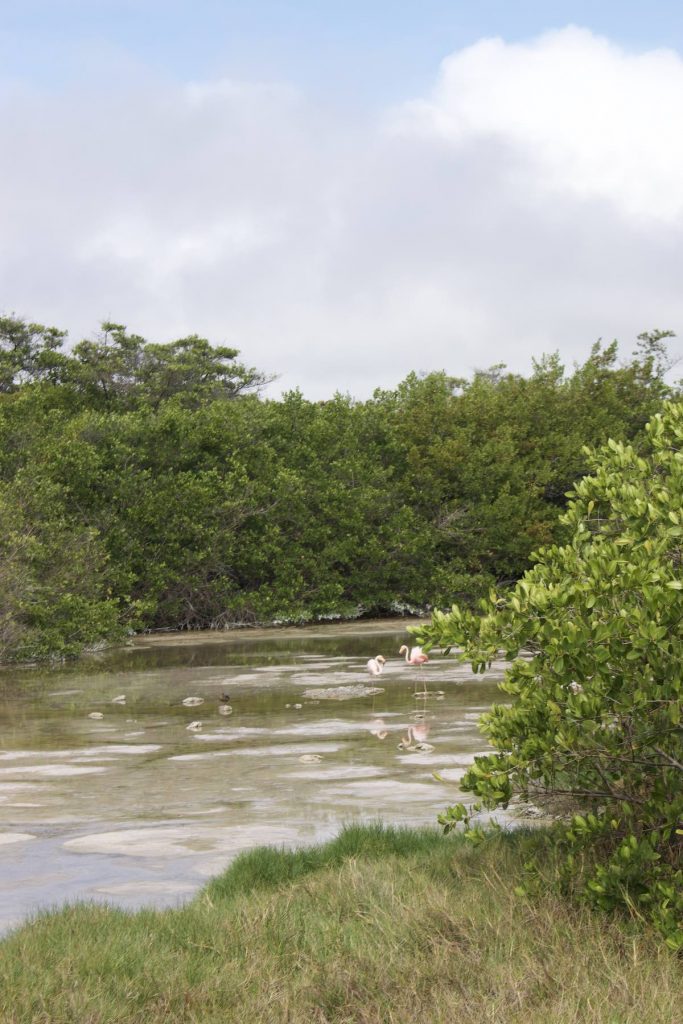
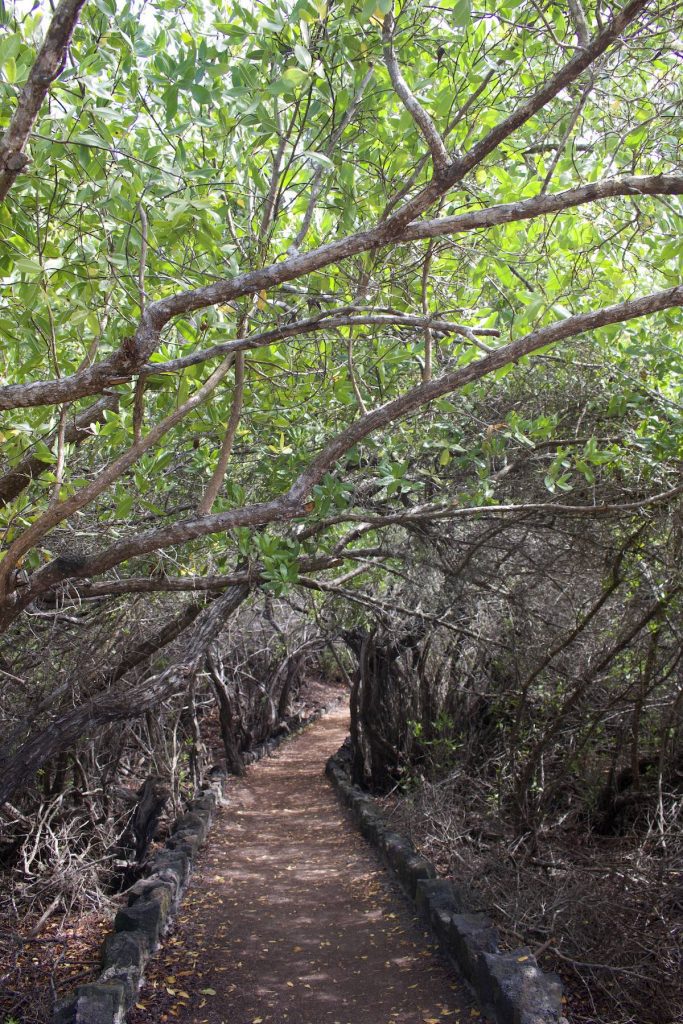
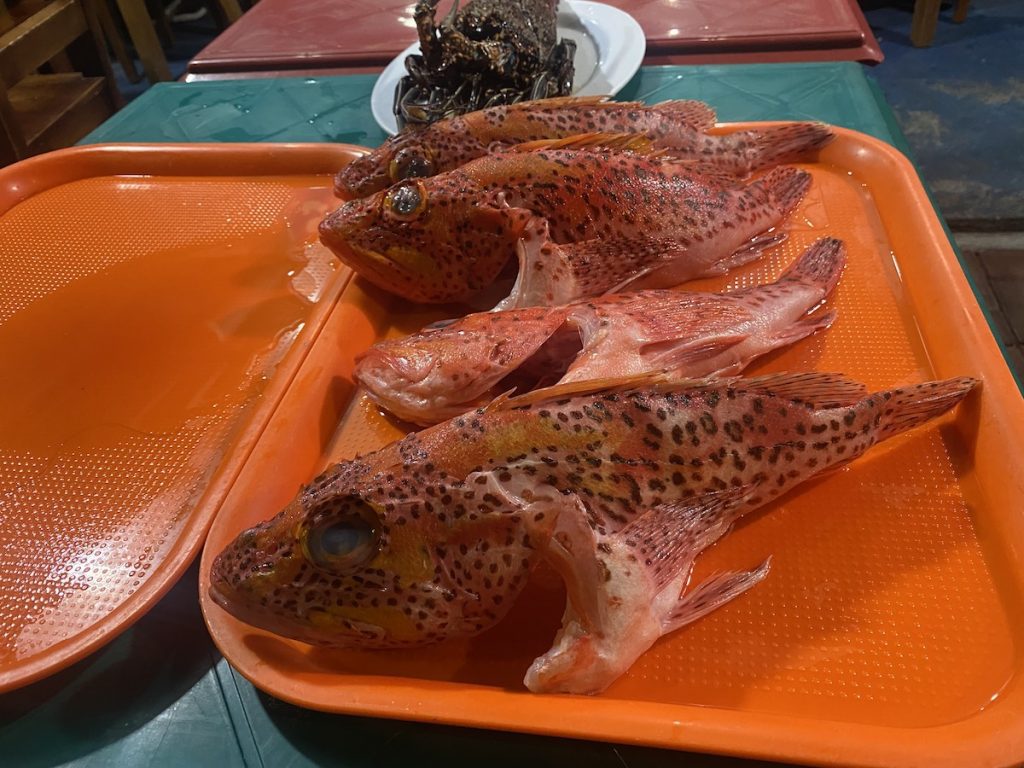

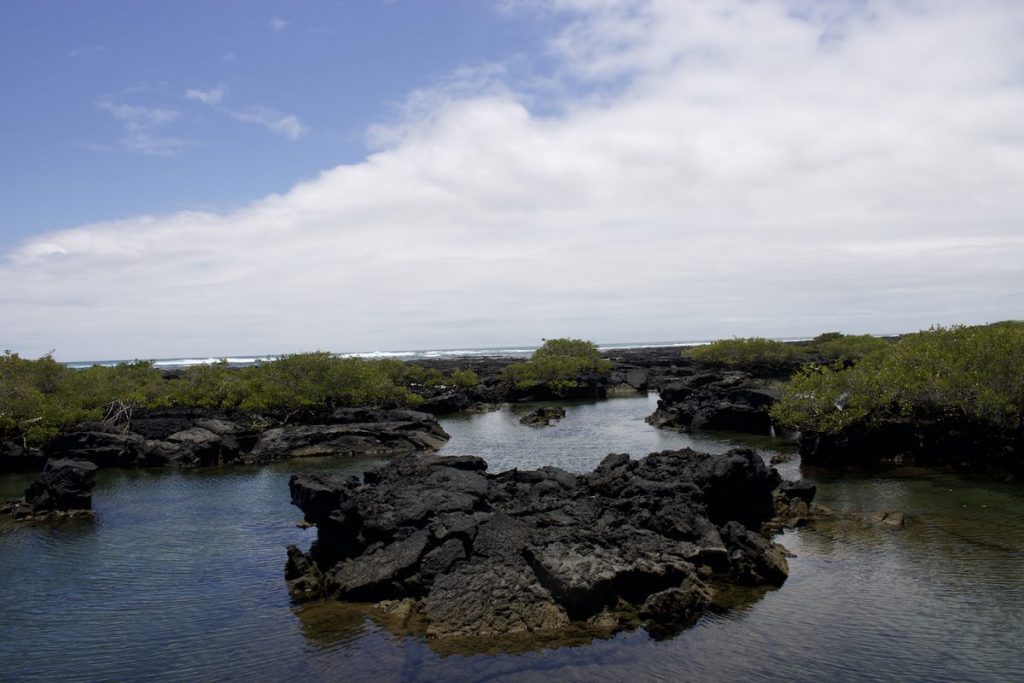
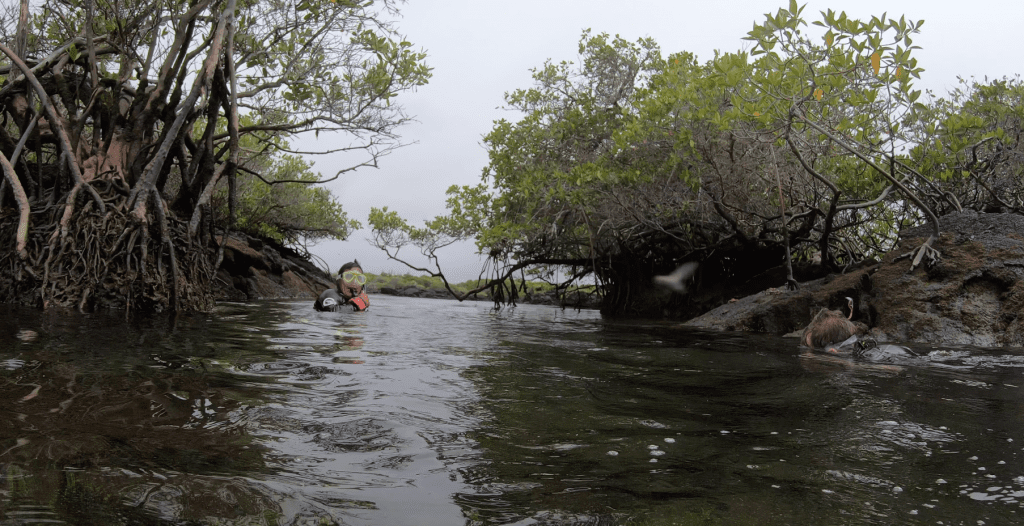
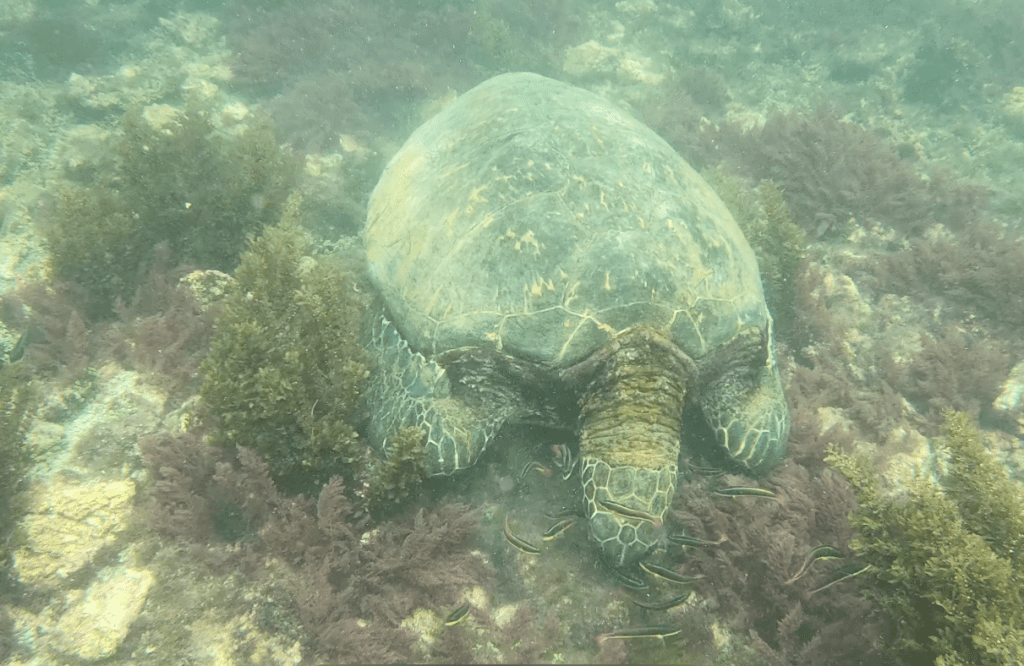
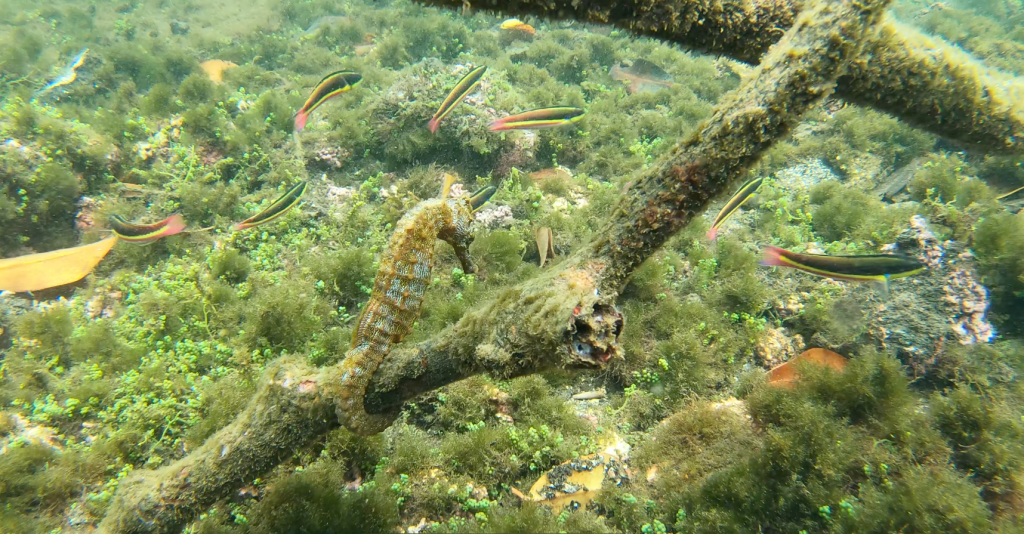
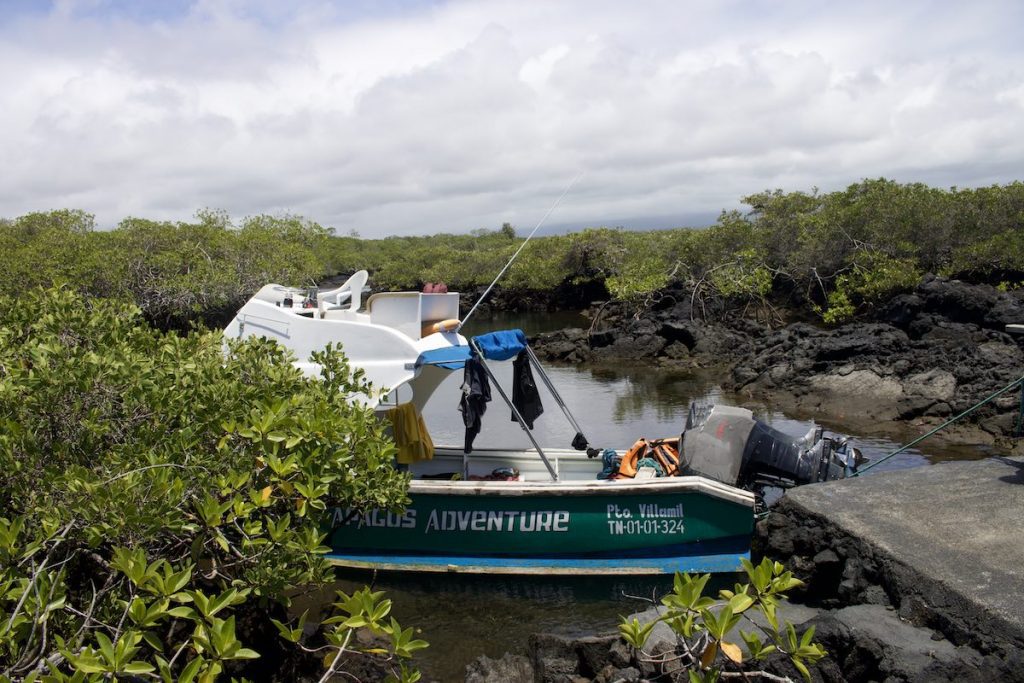
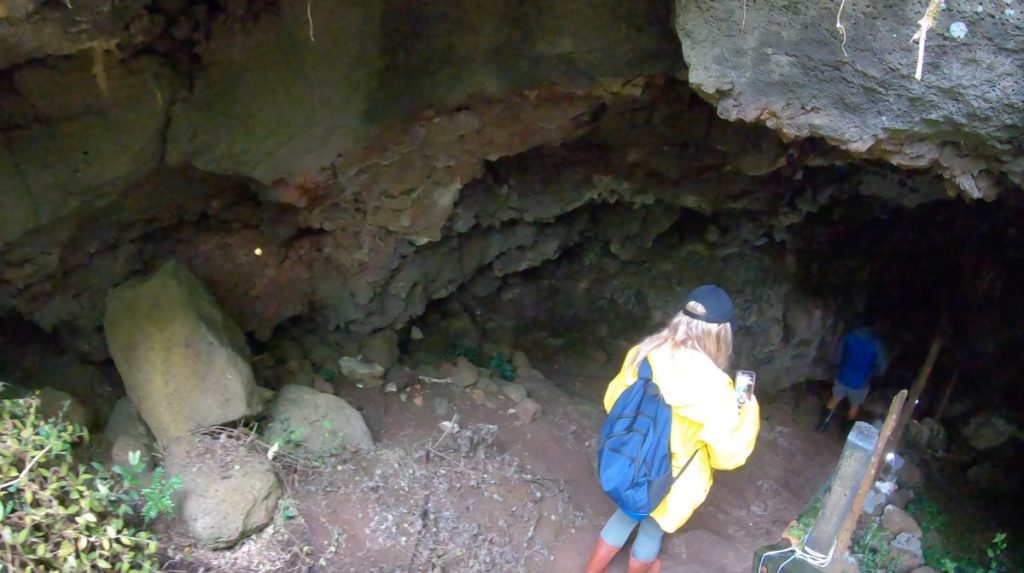
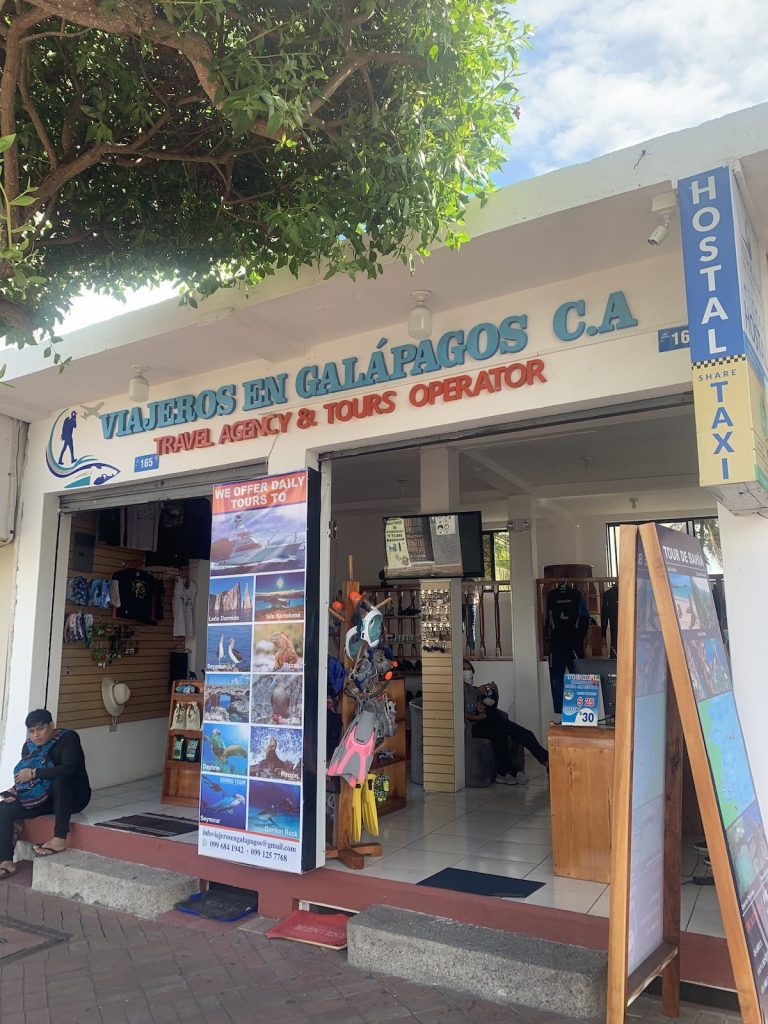
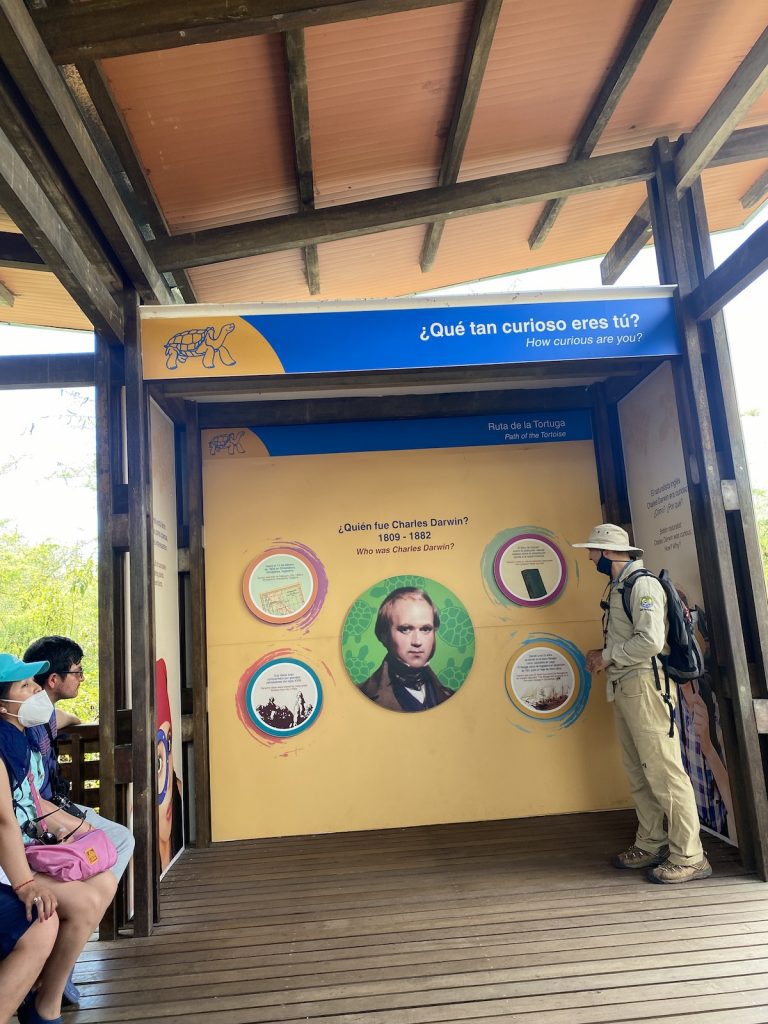
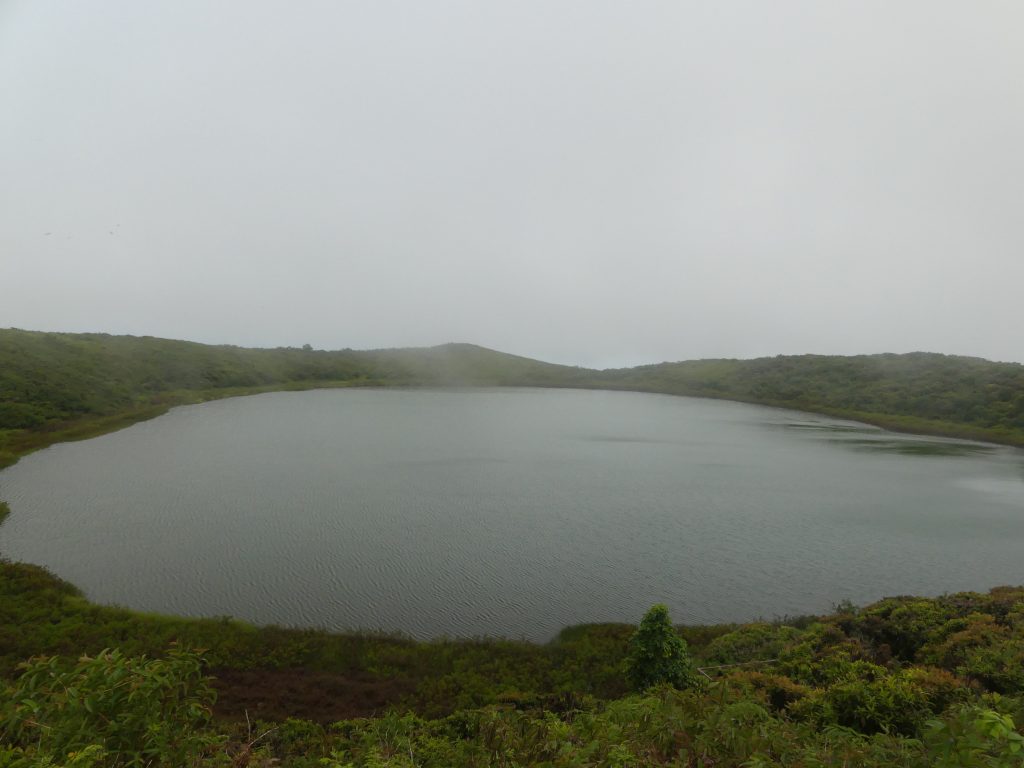
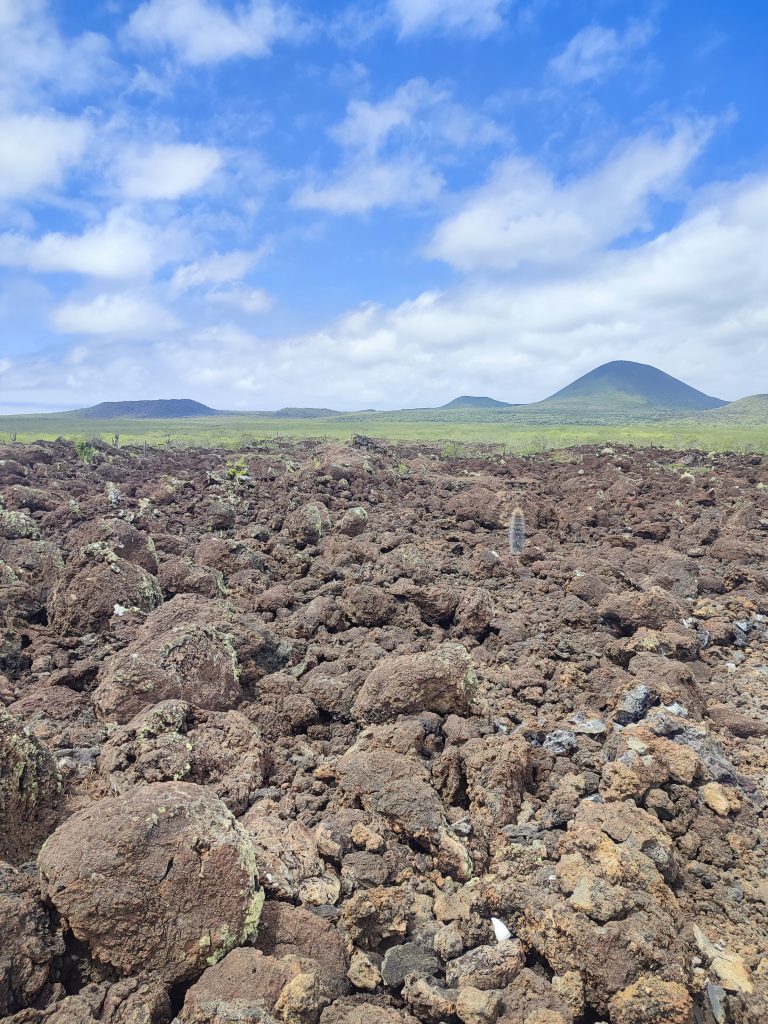
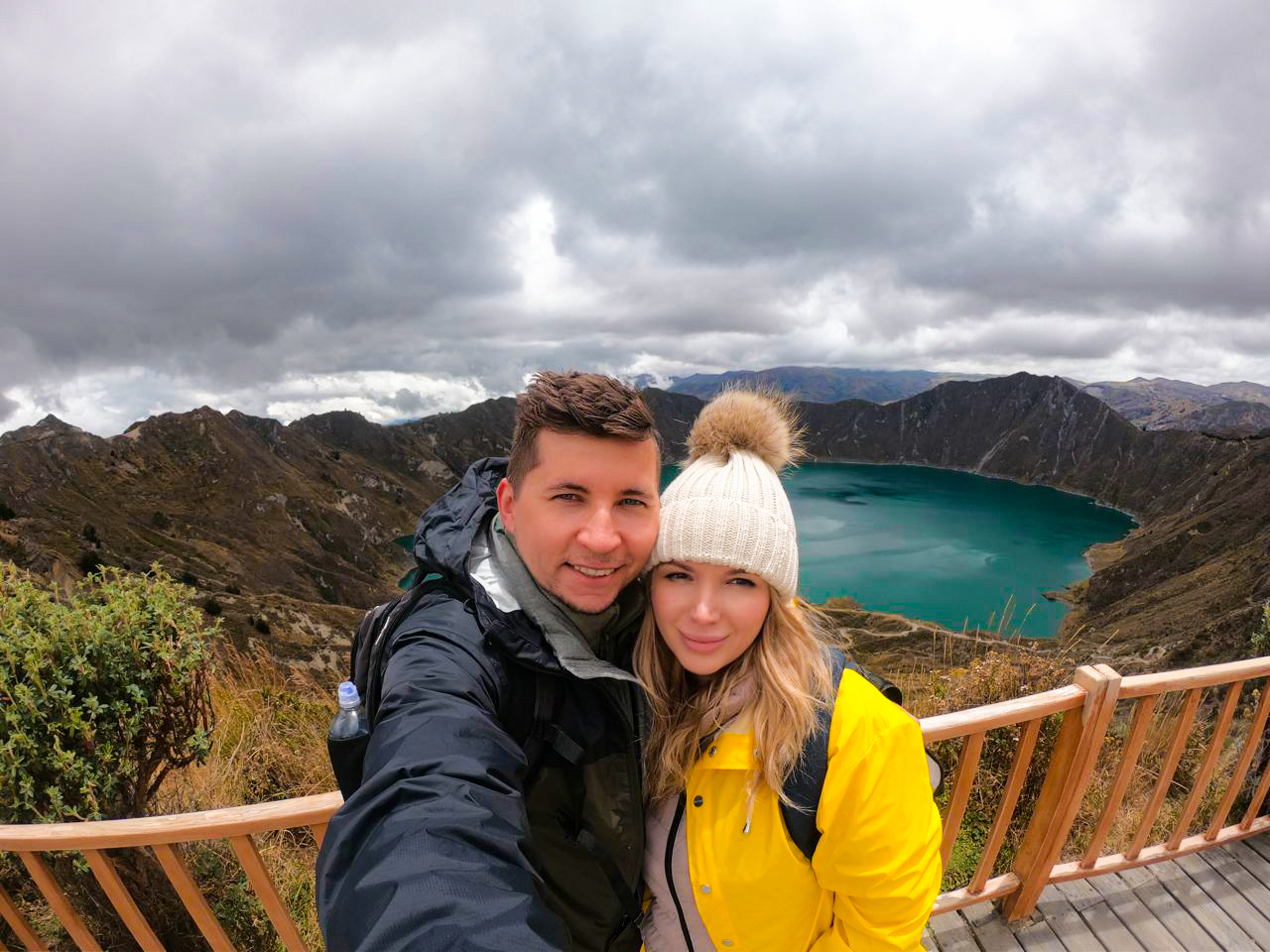
Good day.
This is the best guide to the Galapagos Islands. Really respect brother for your work. Thank you.
Best regards.
Rafał